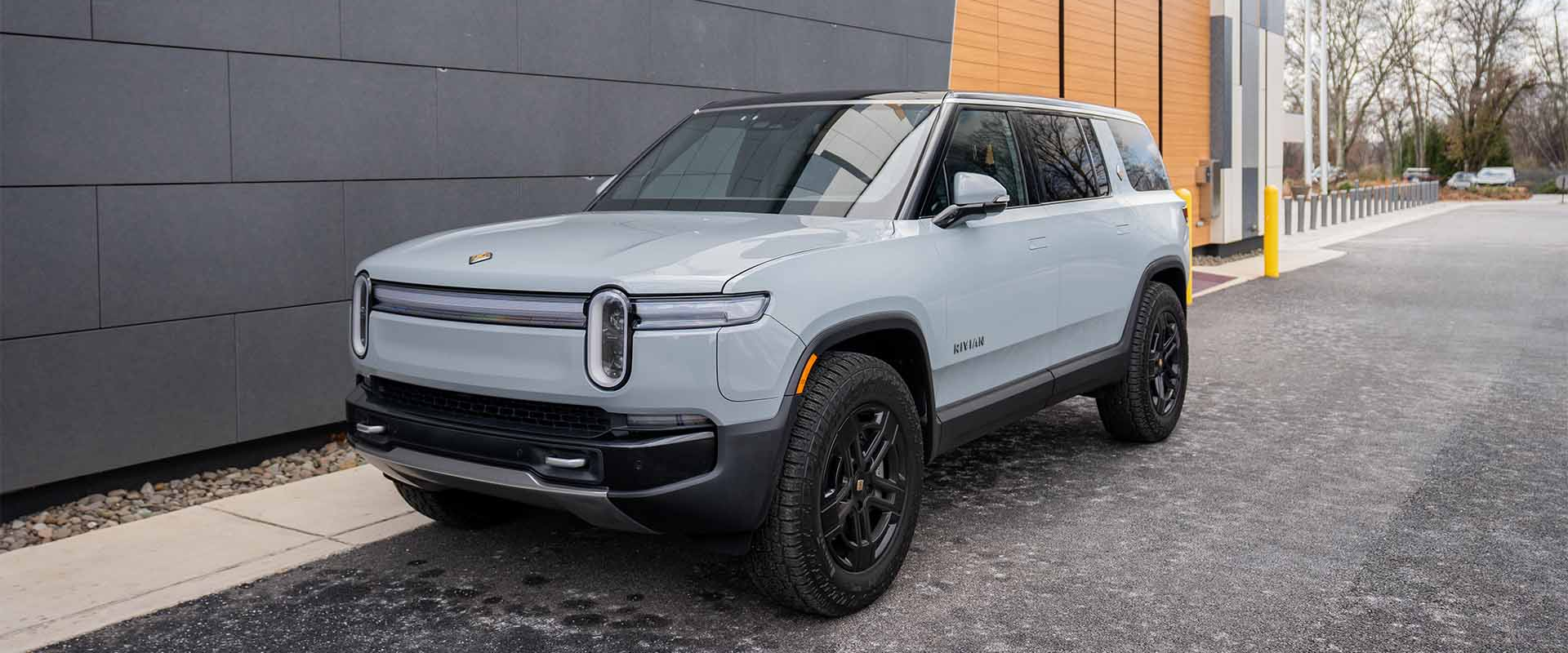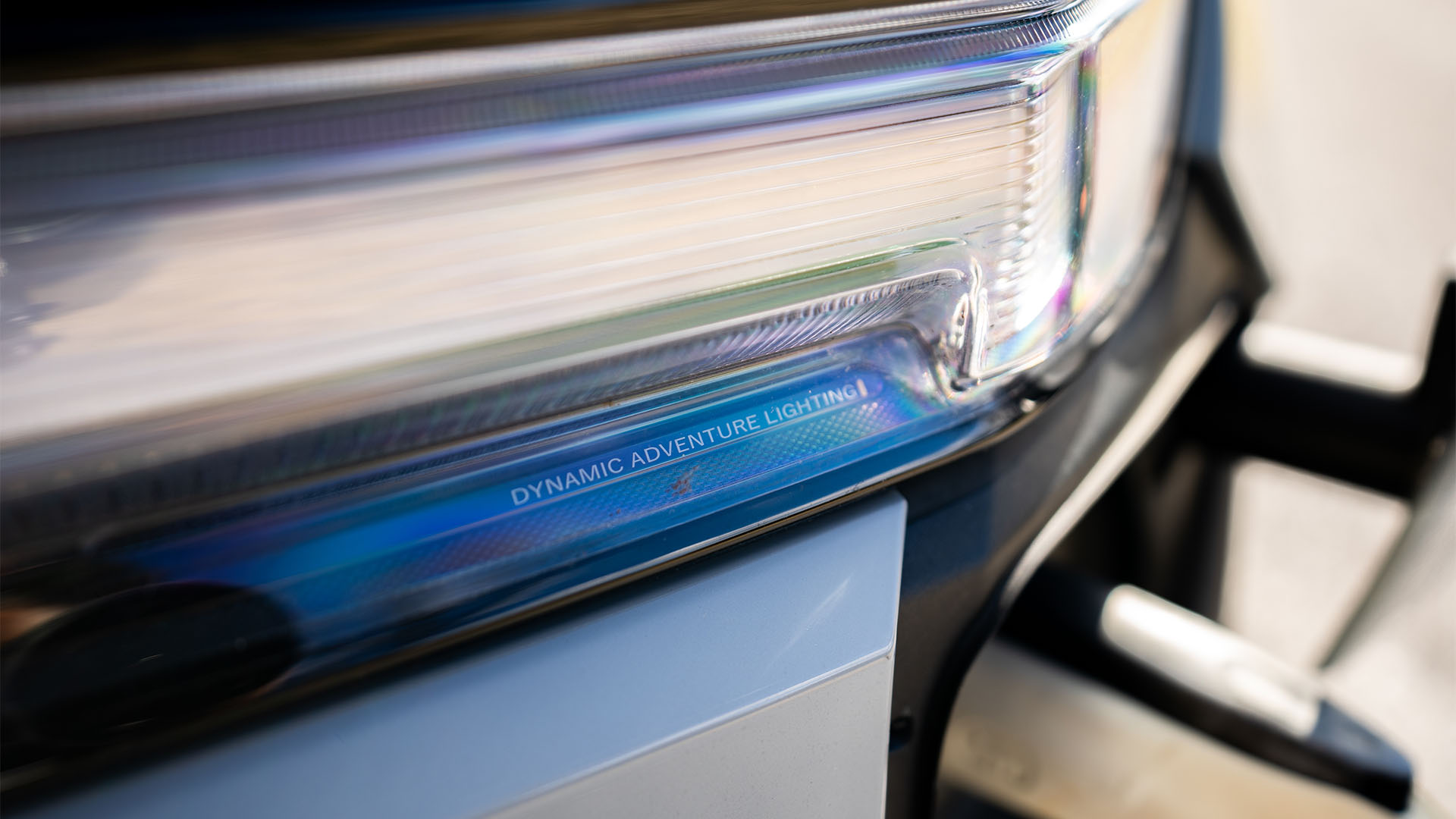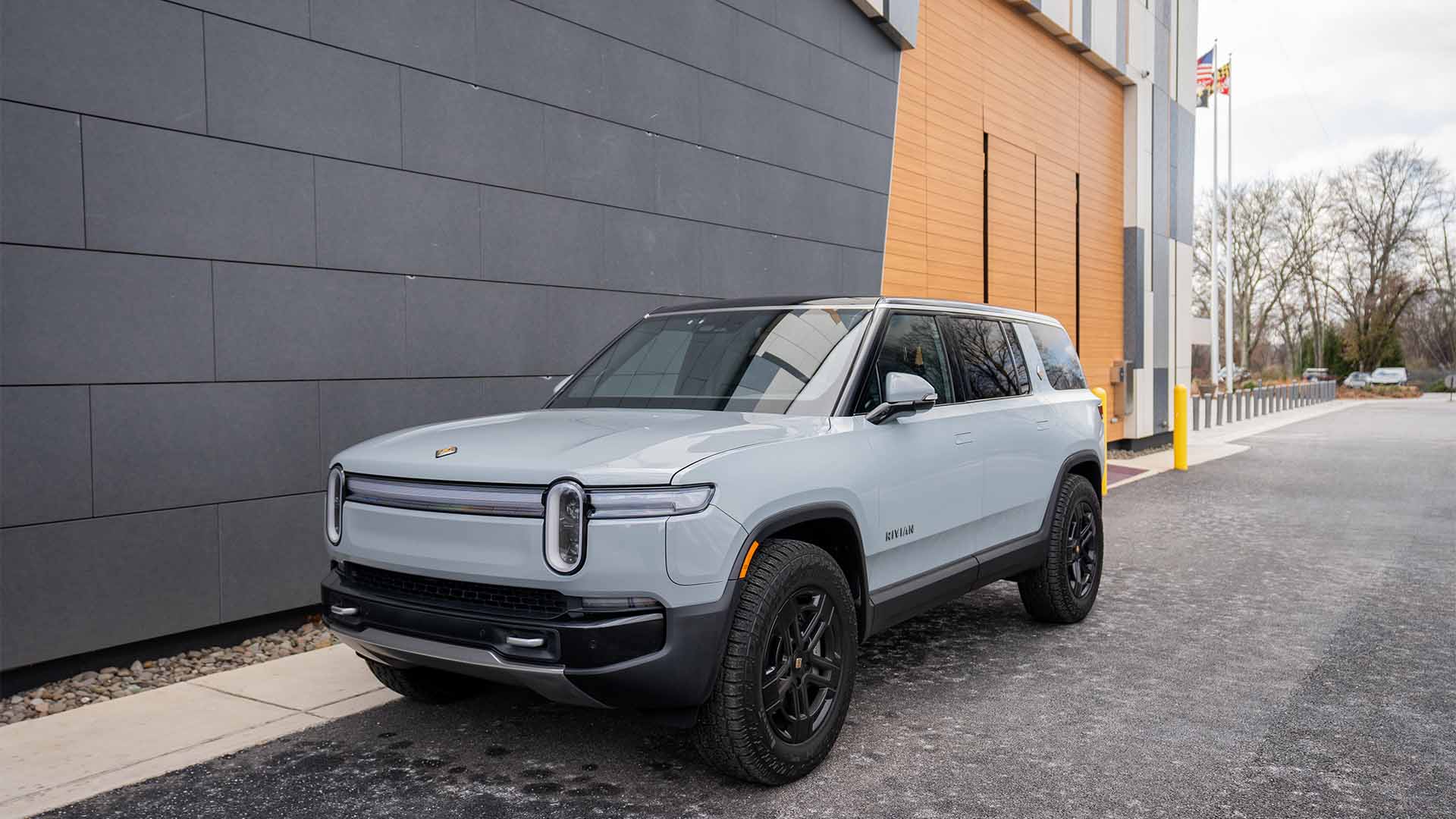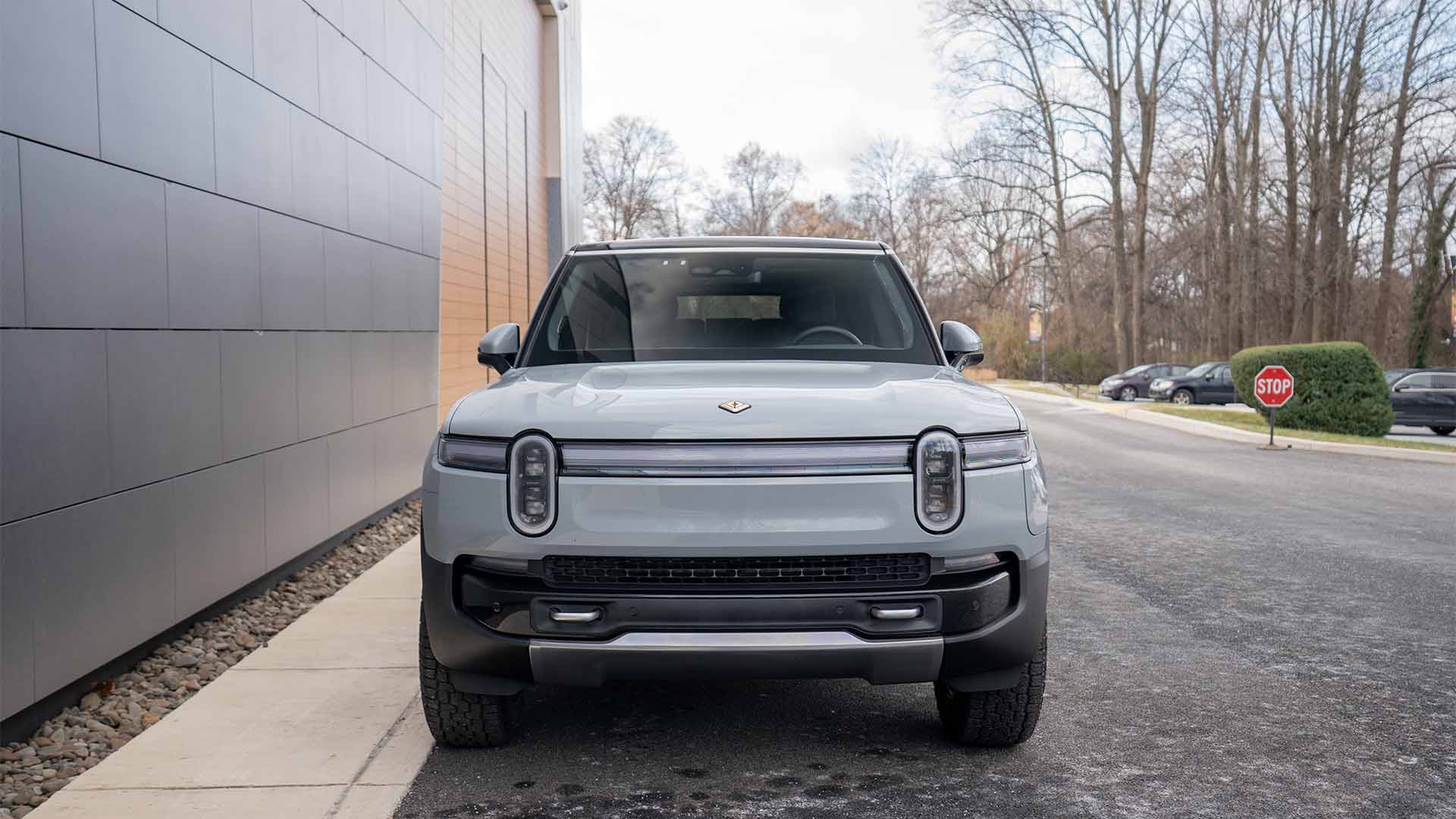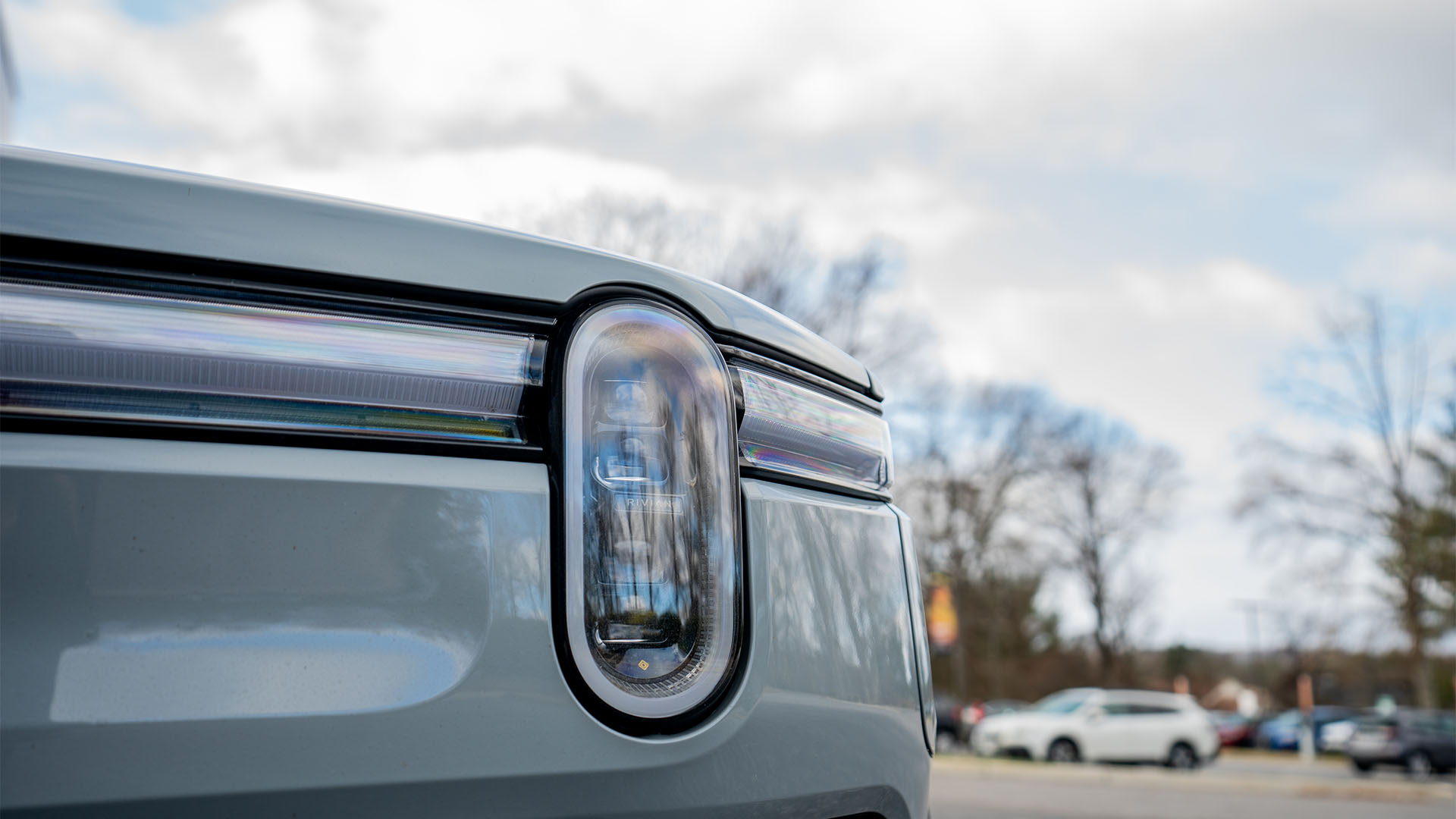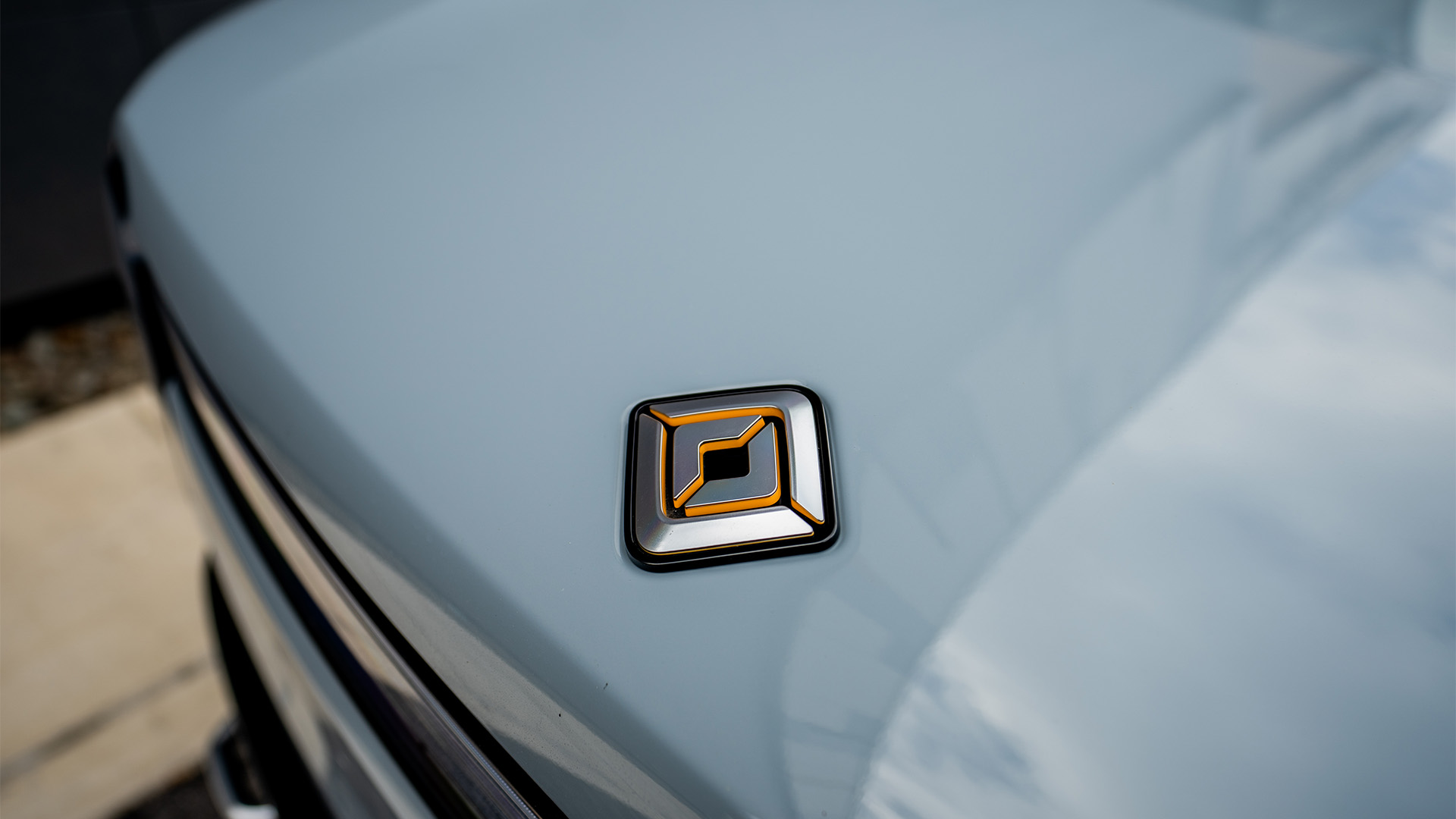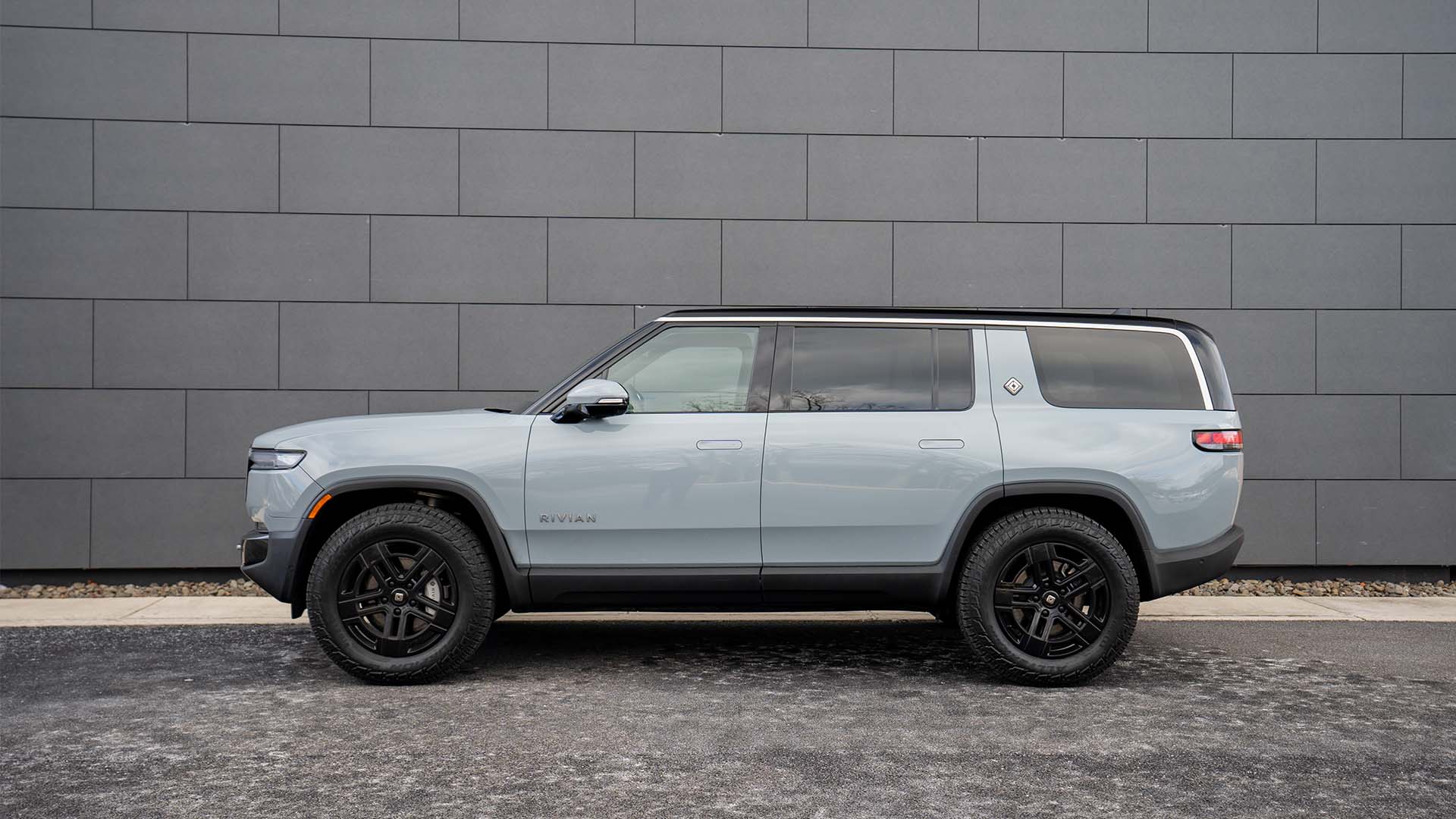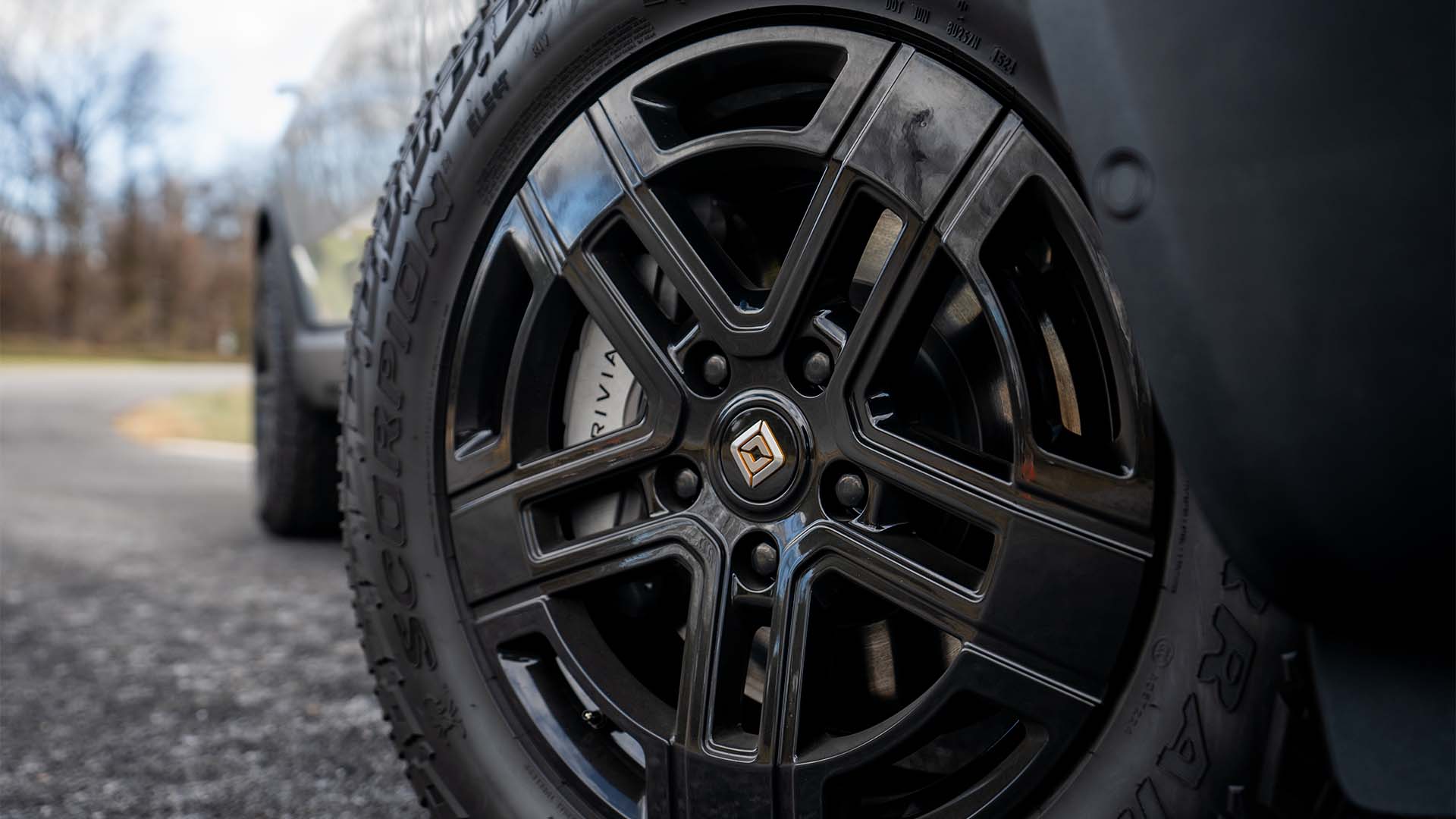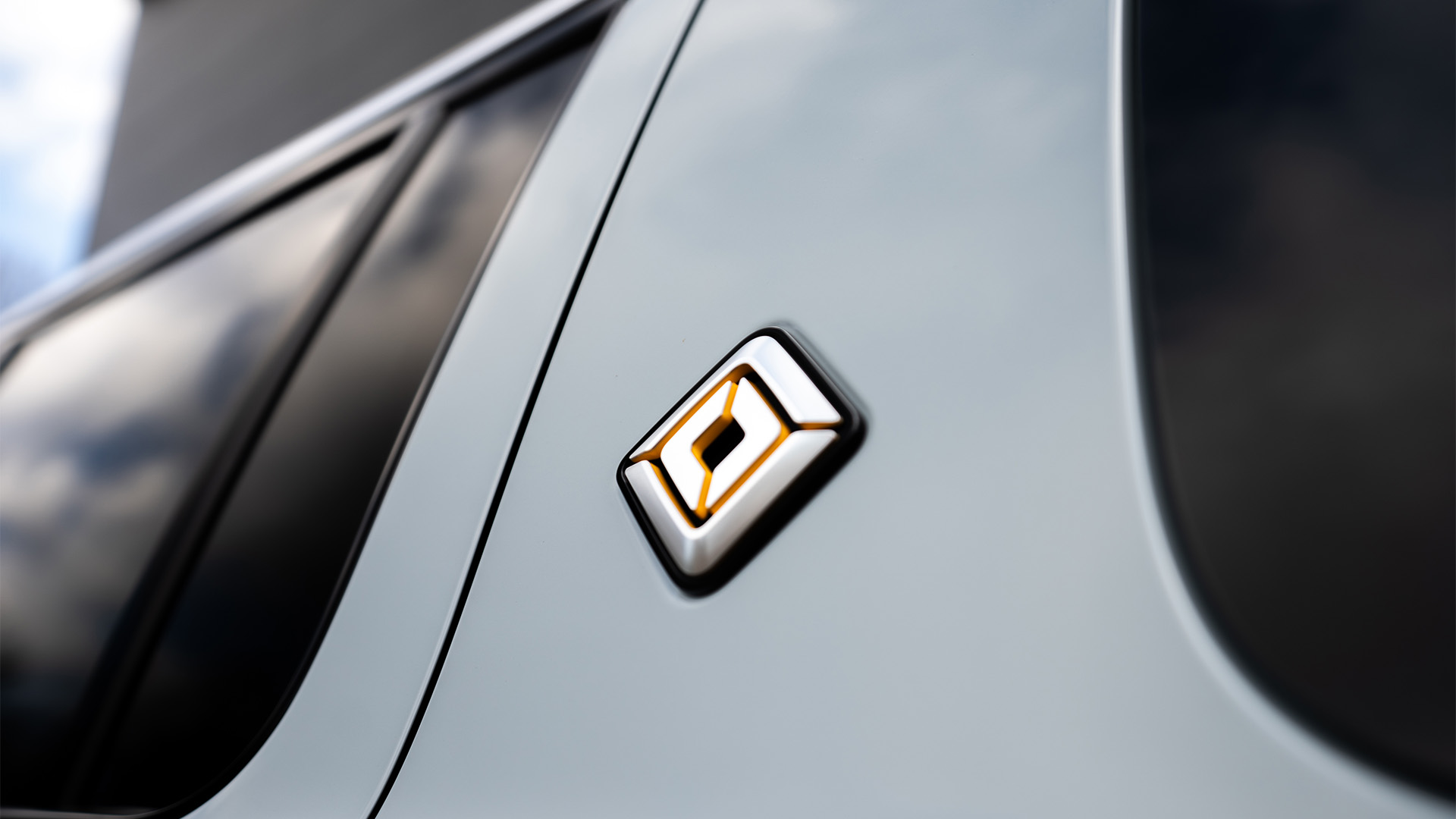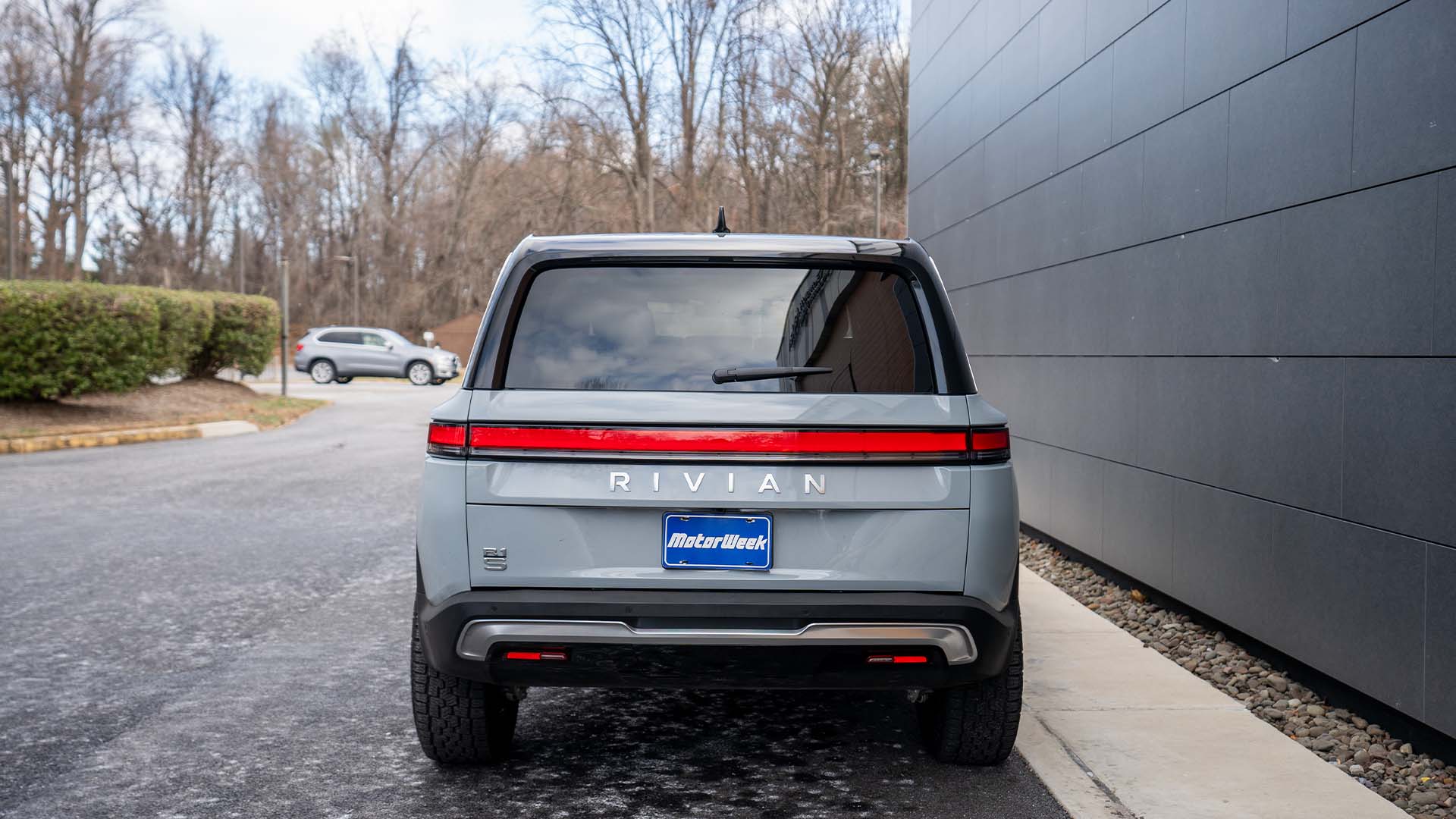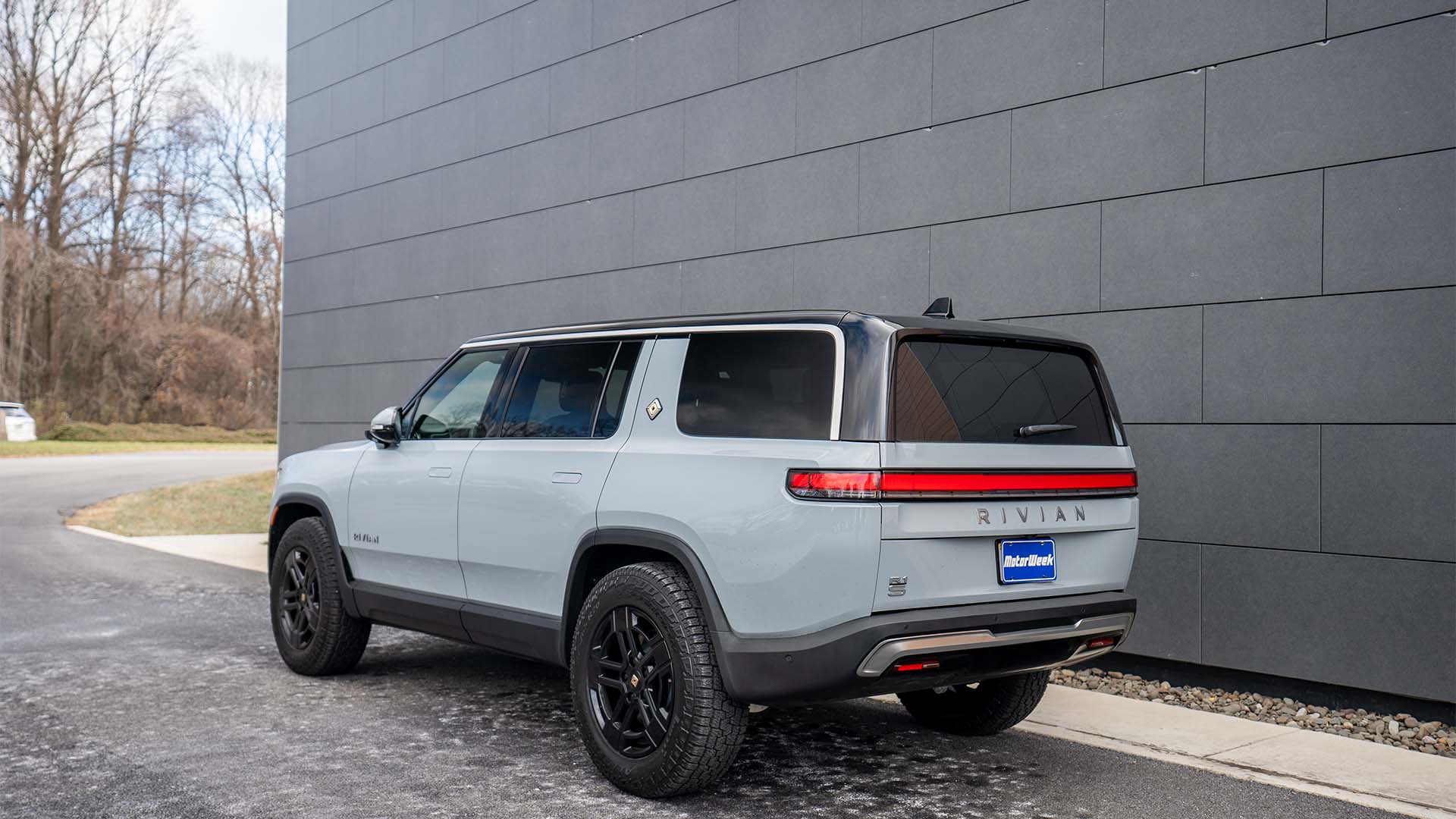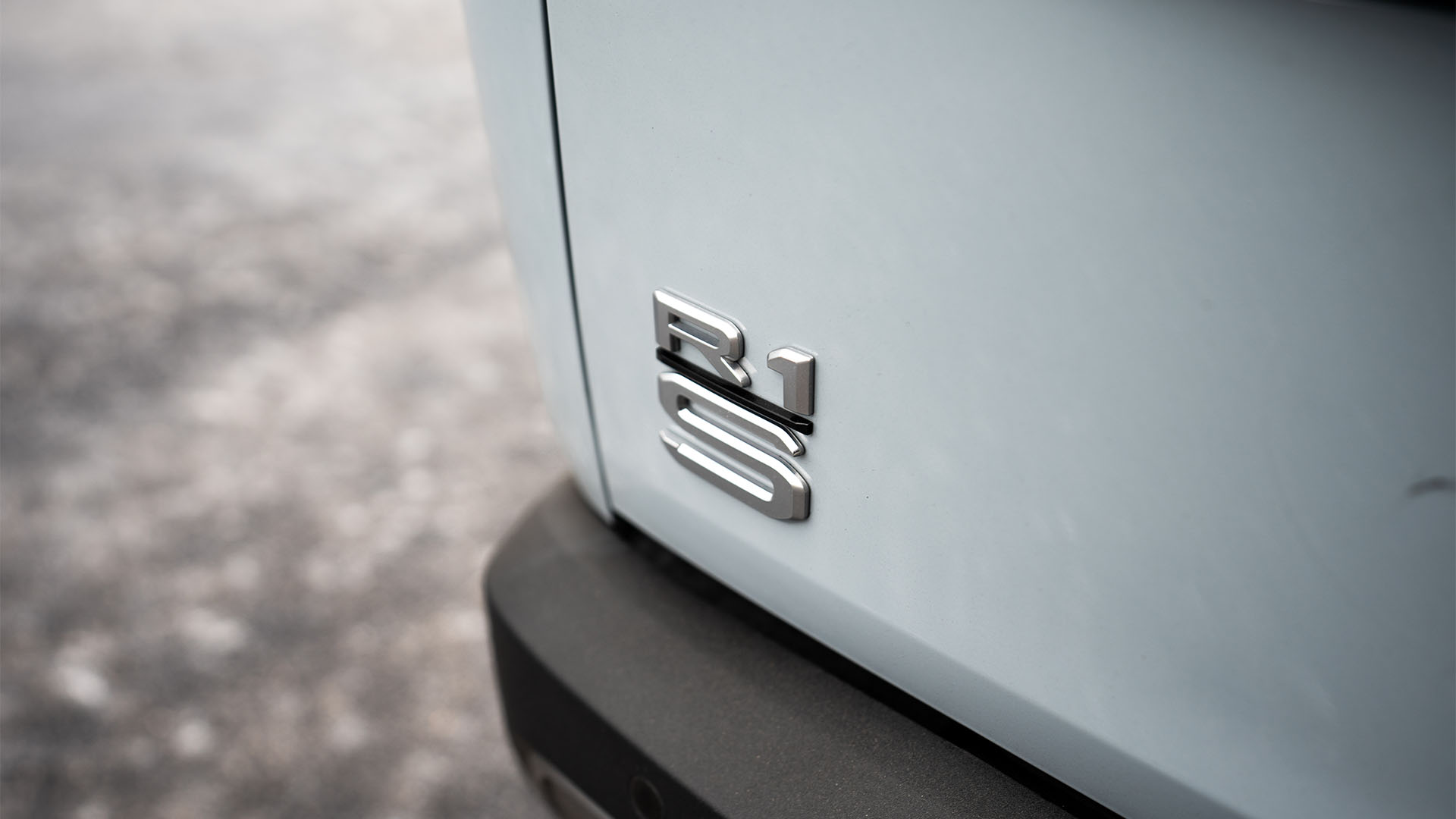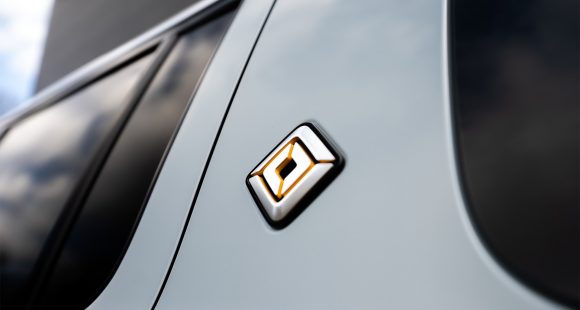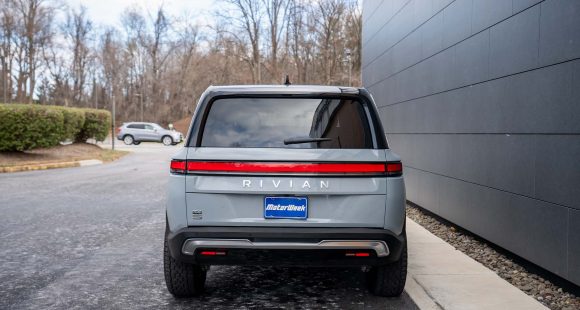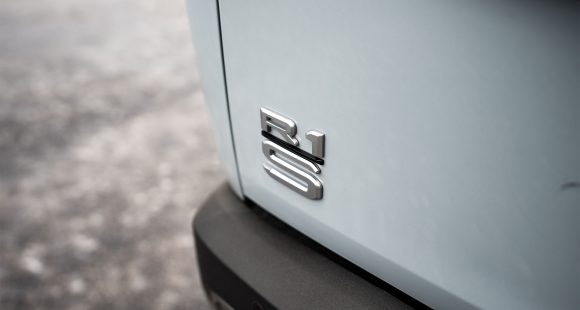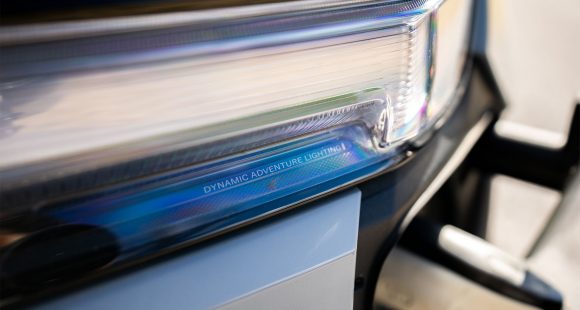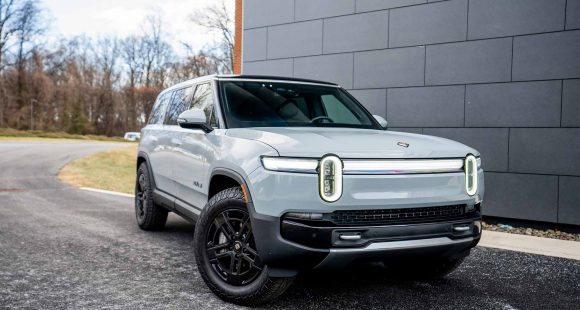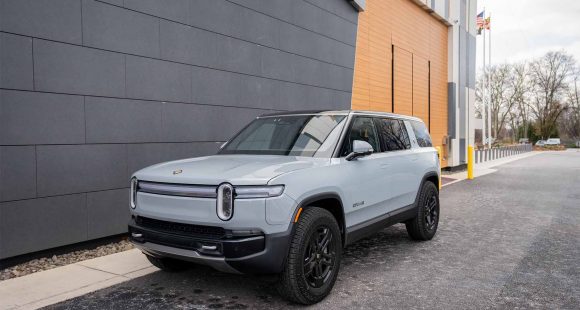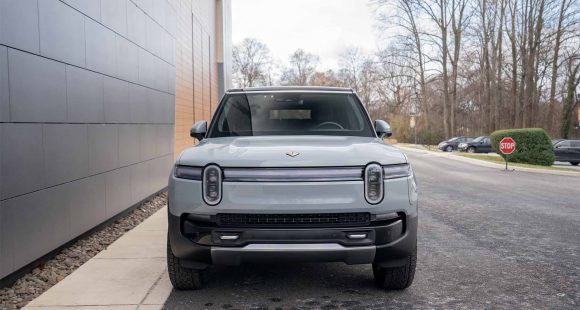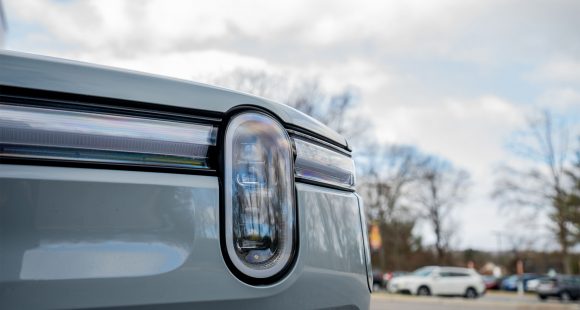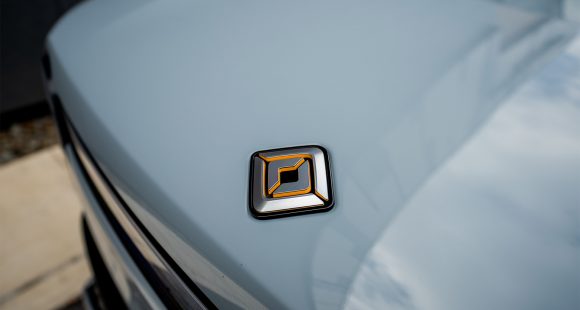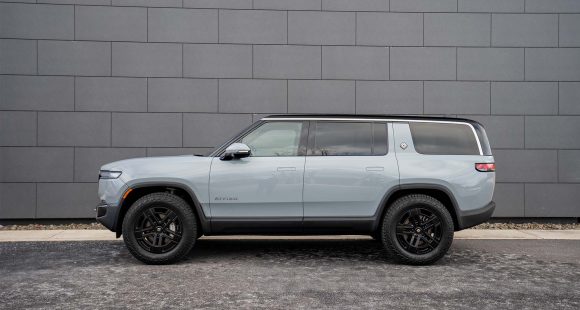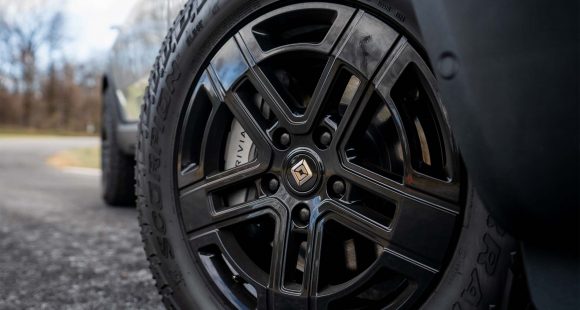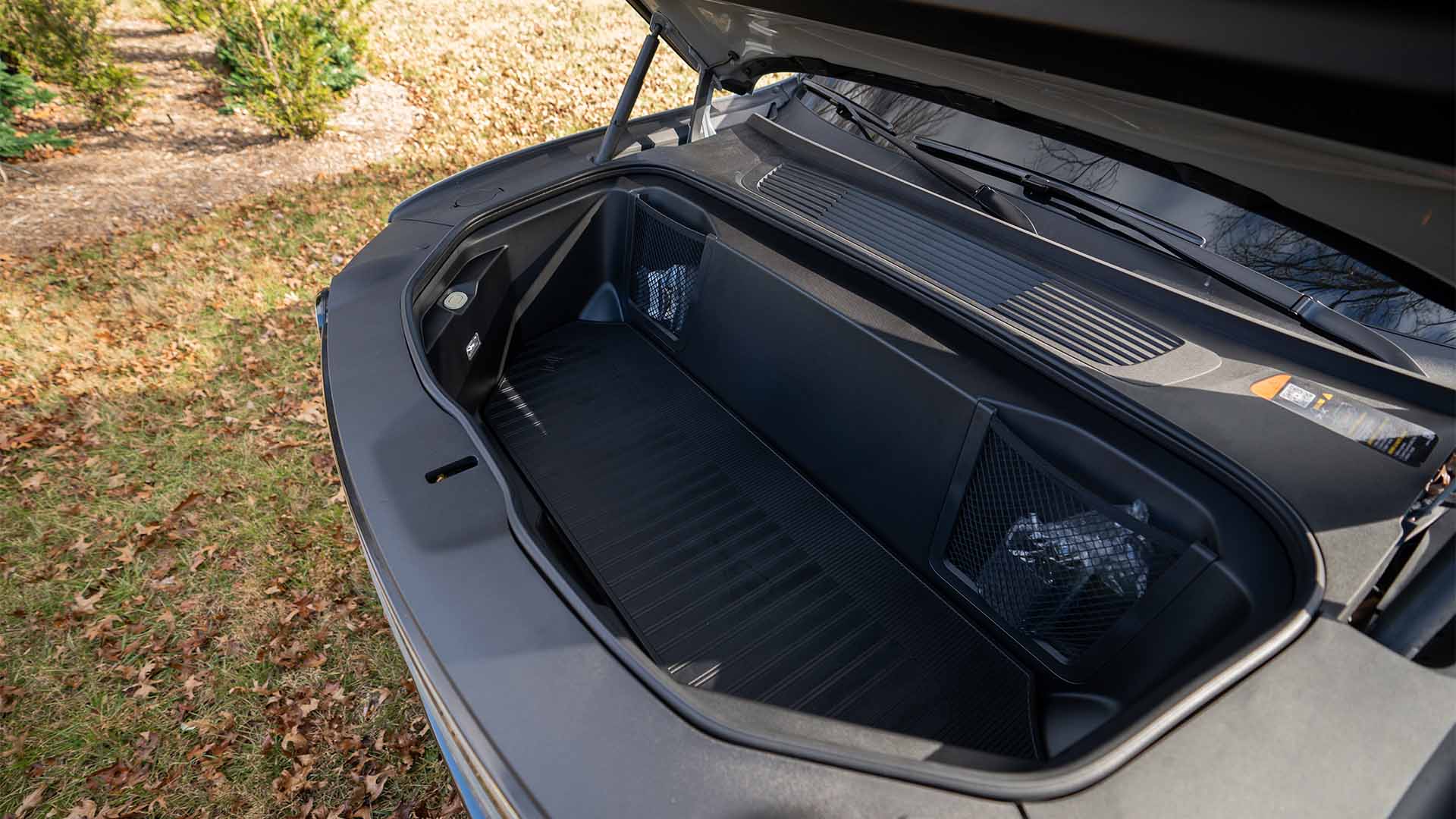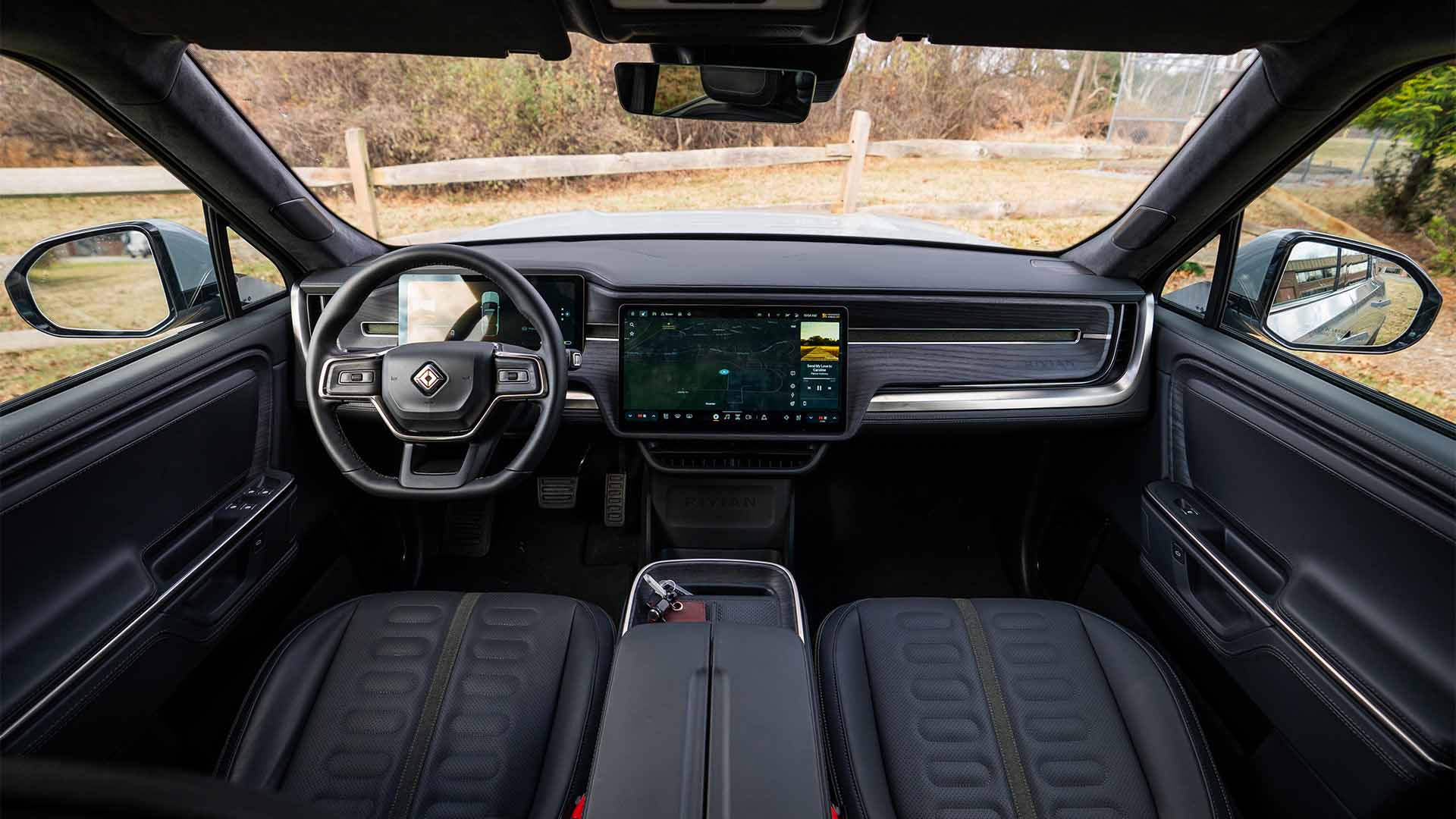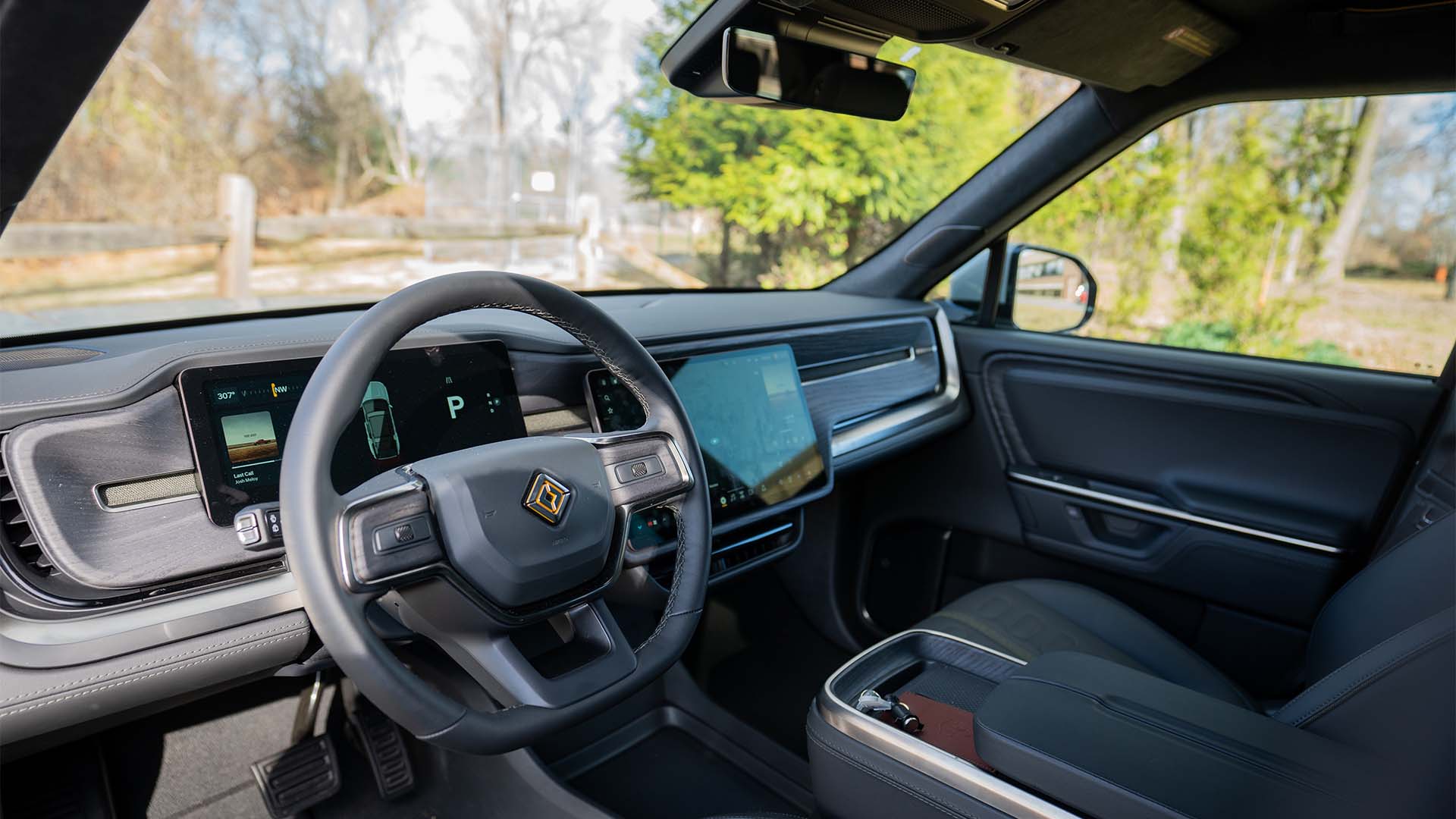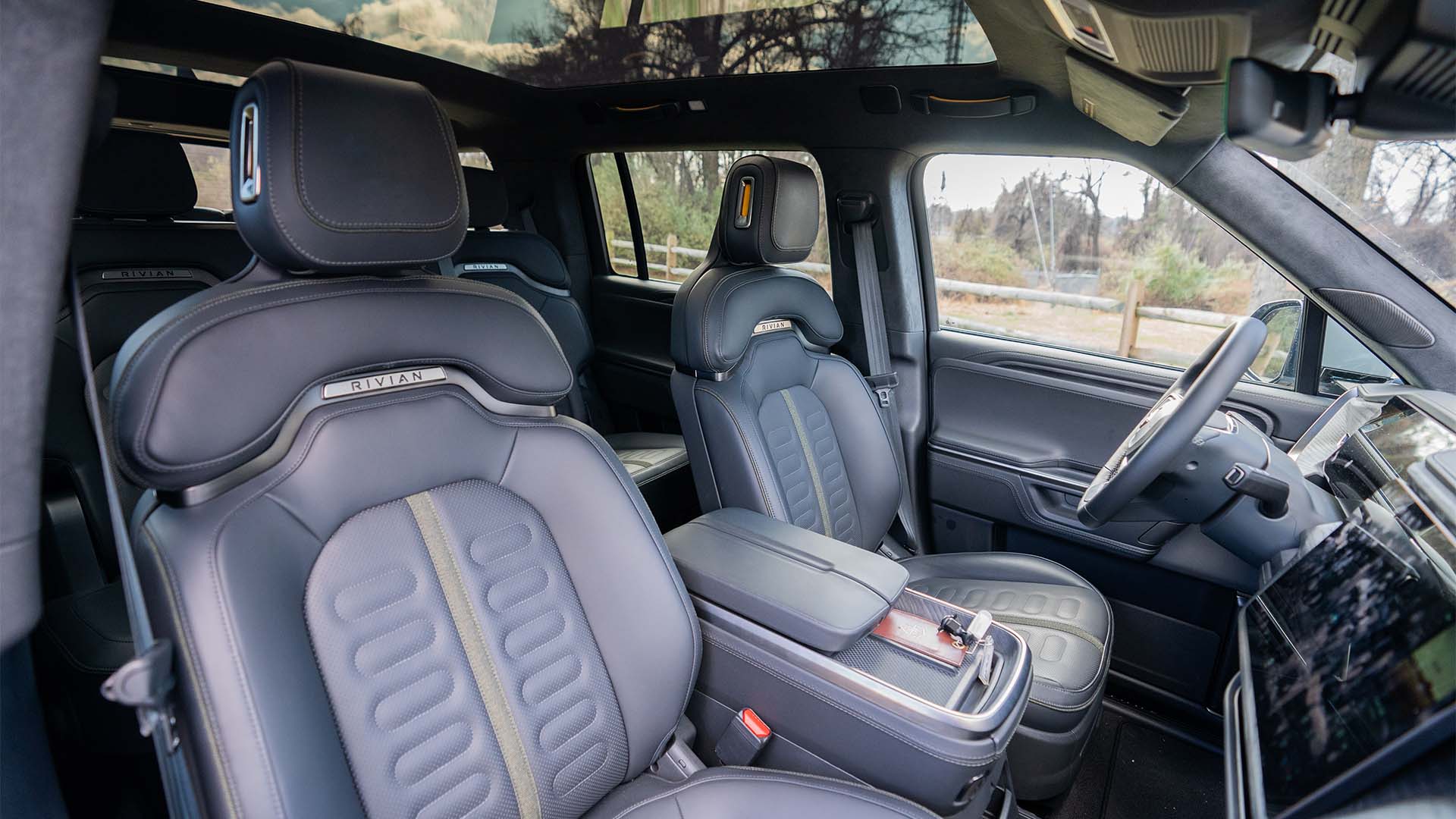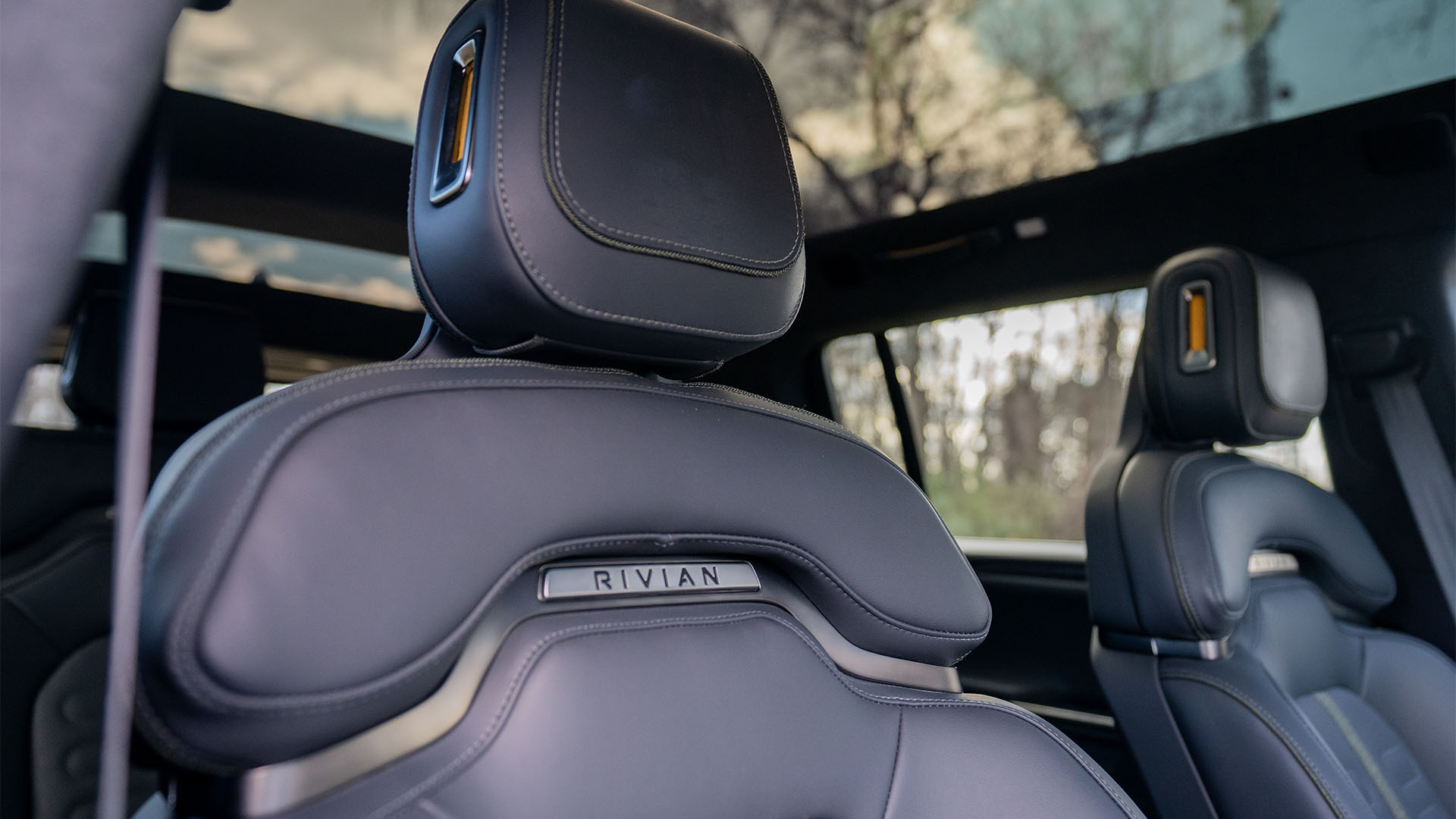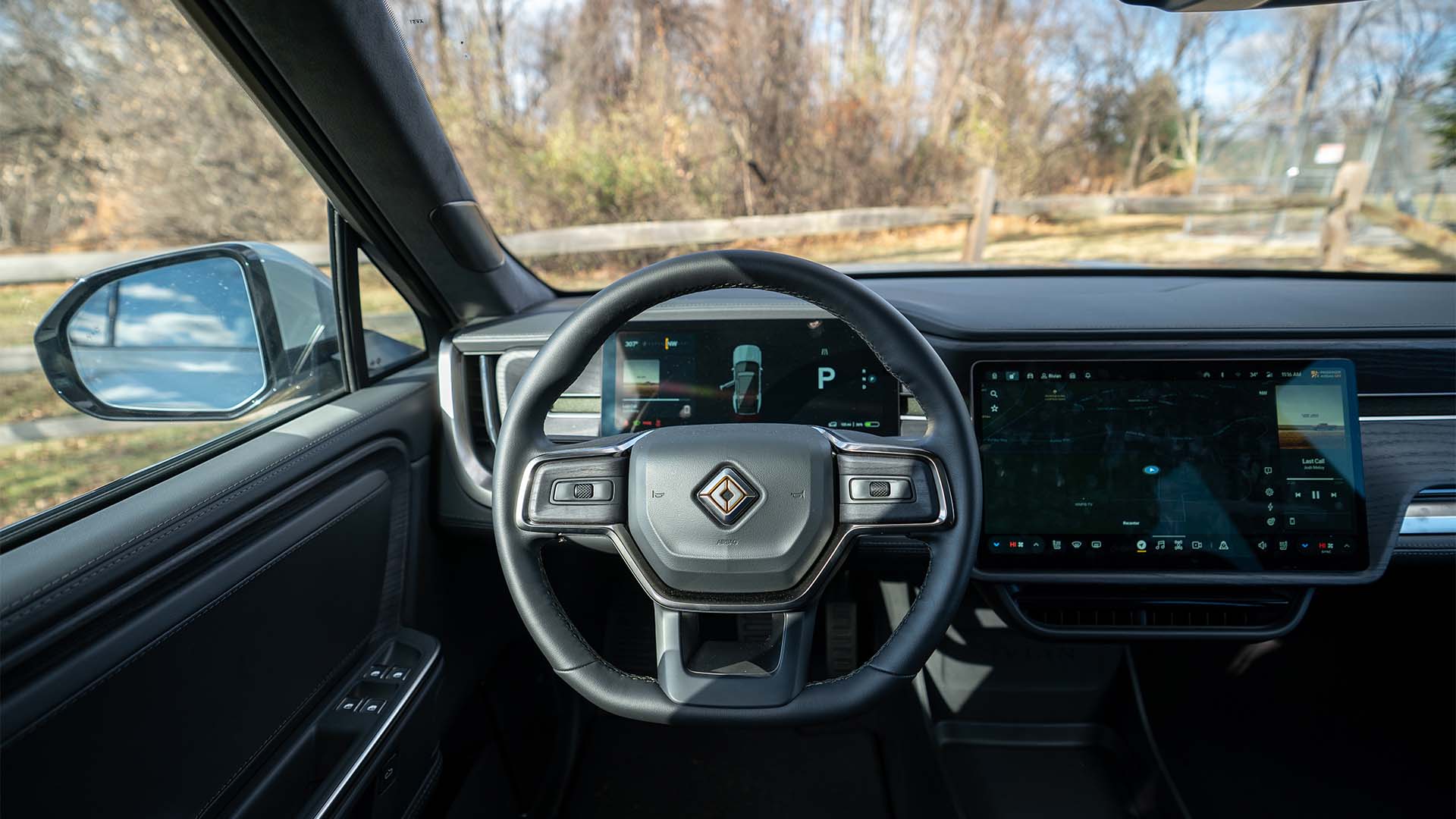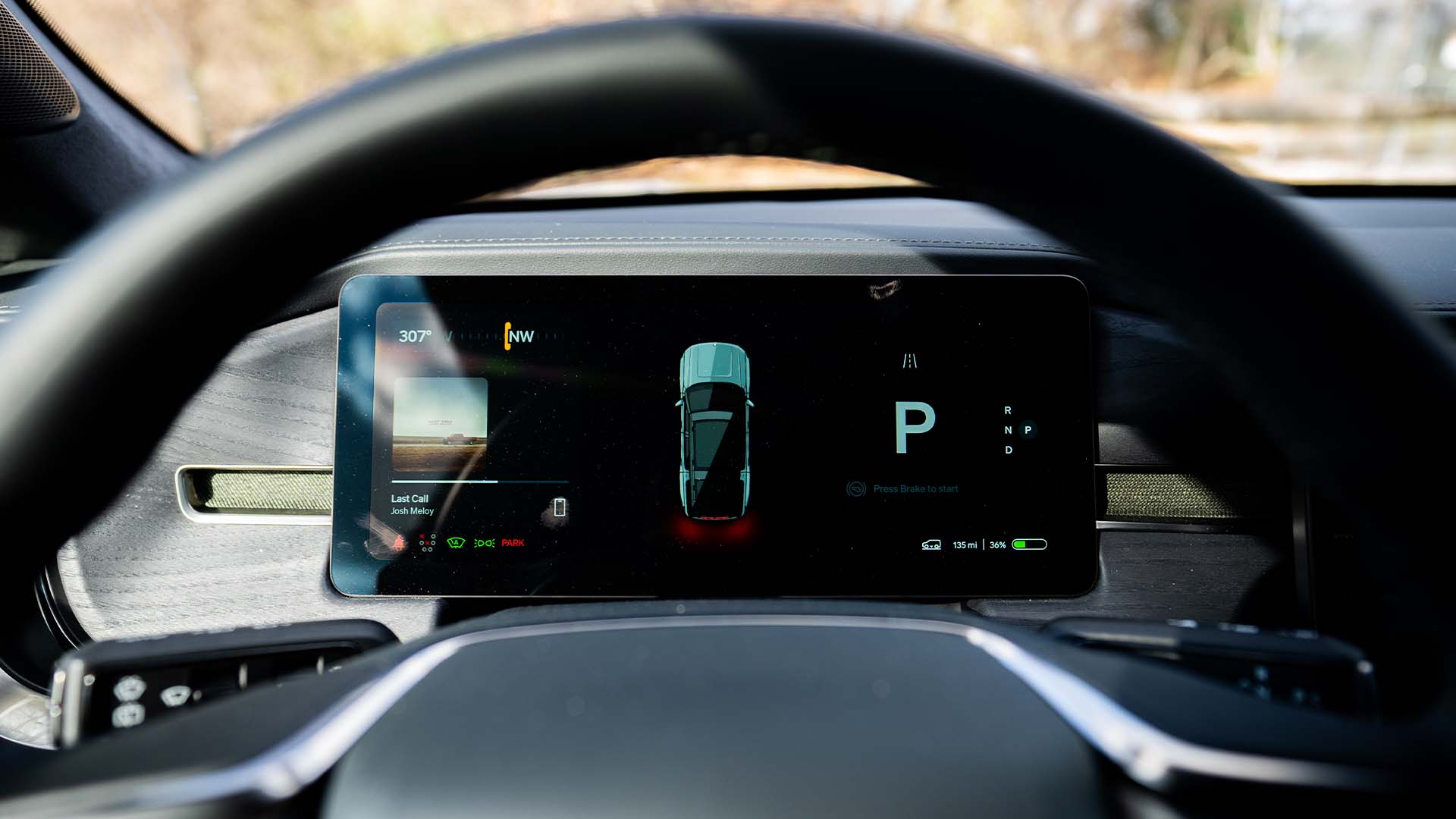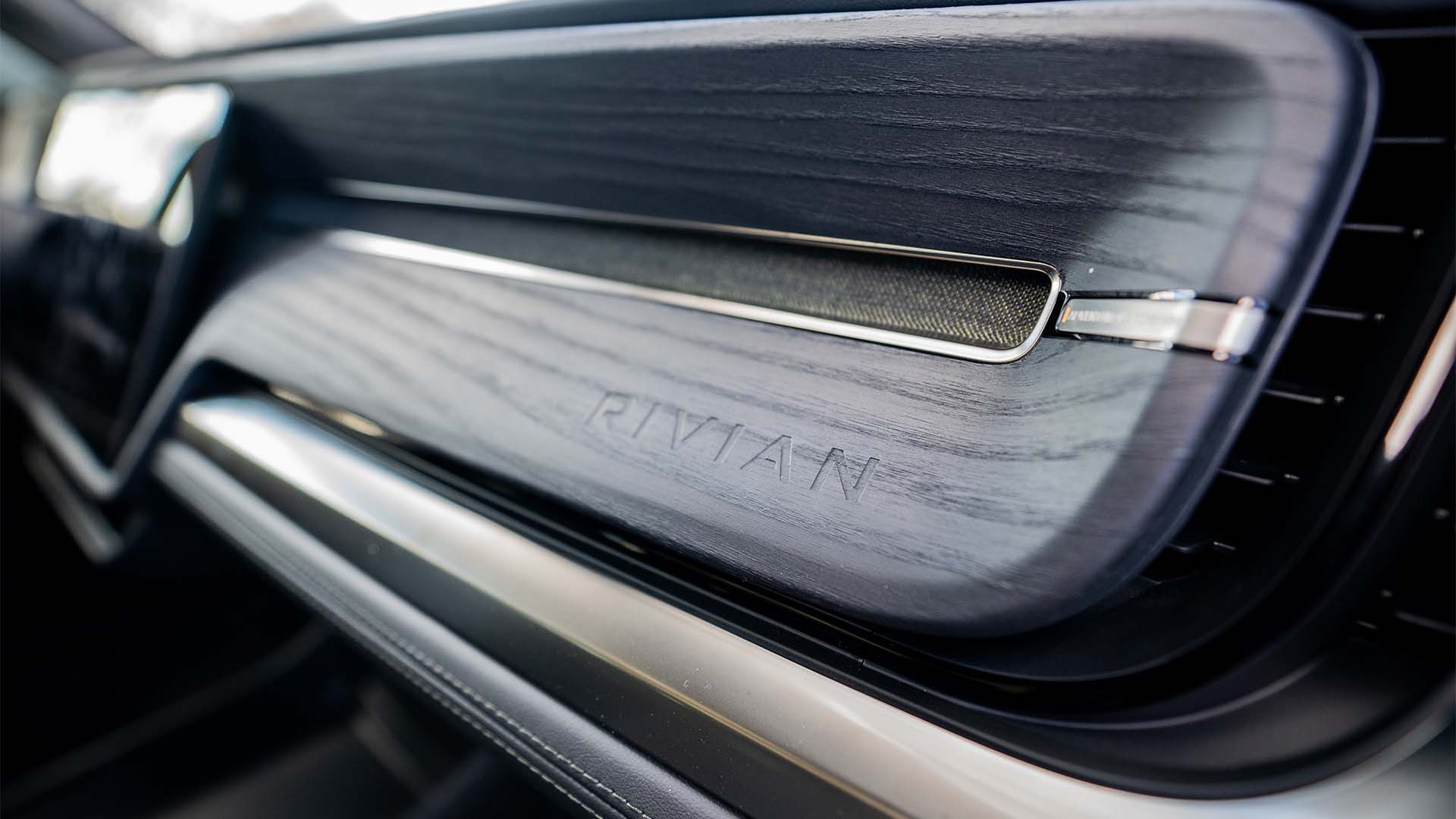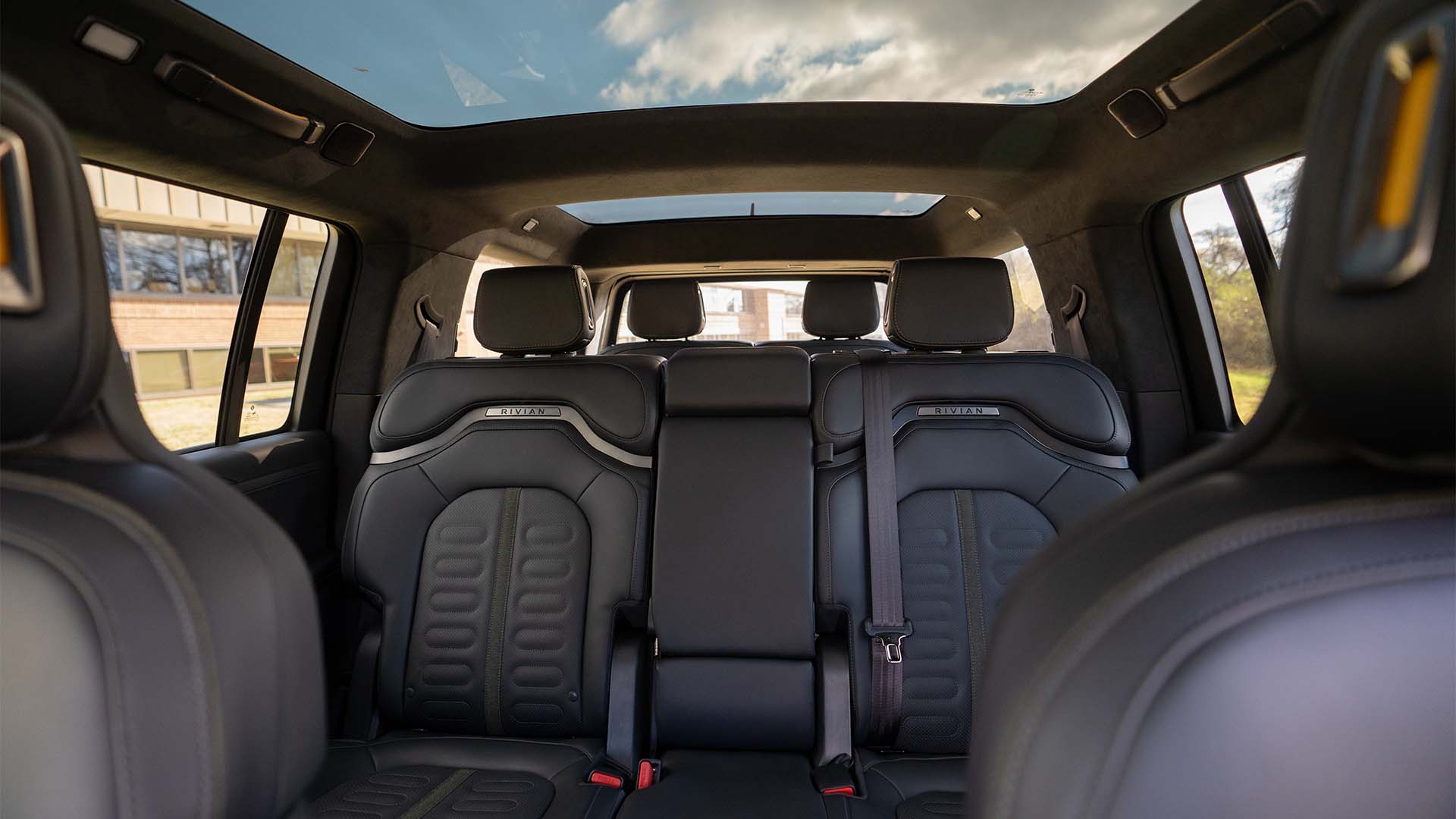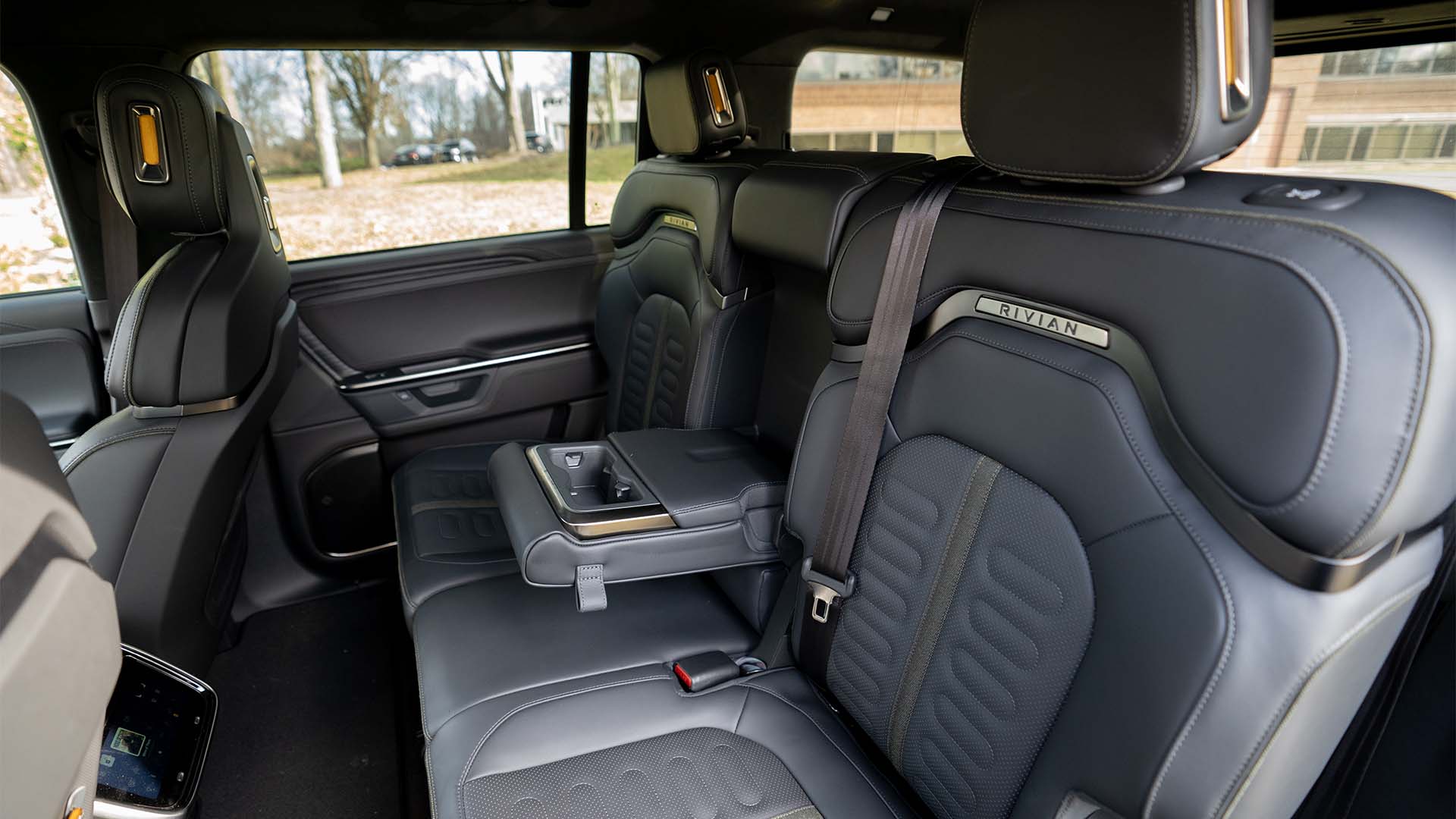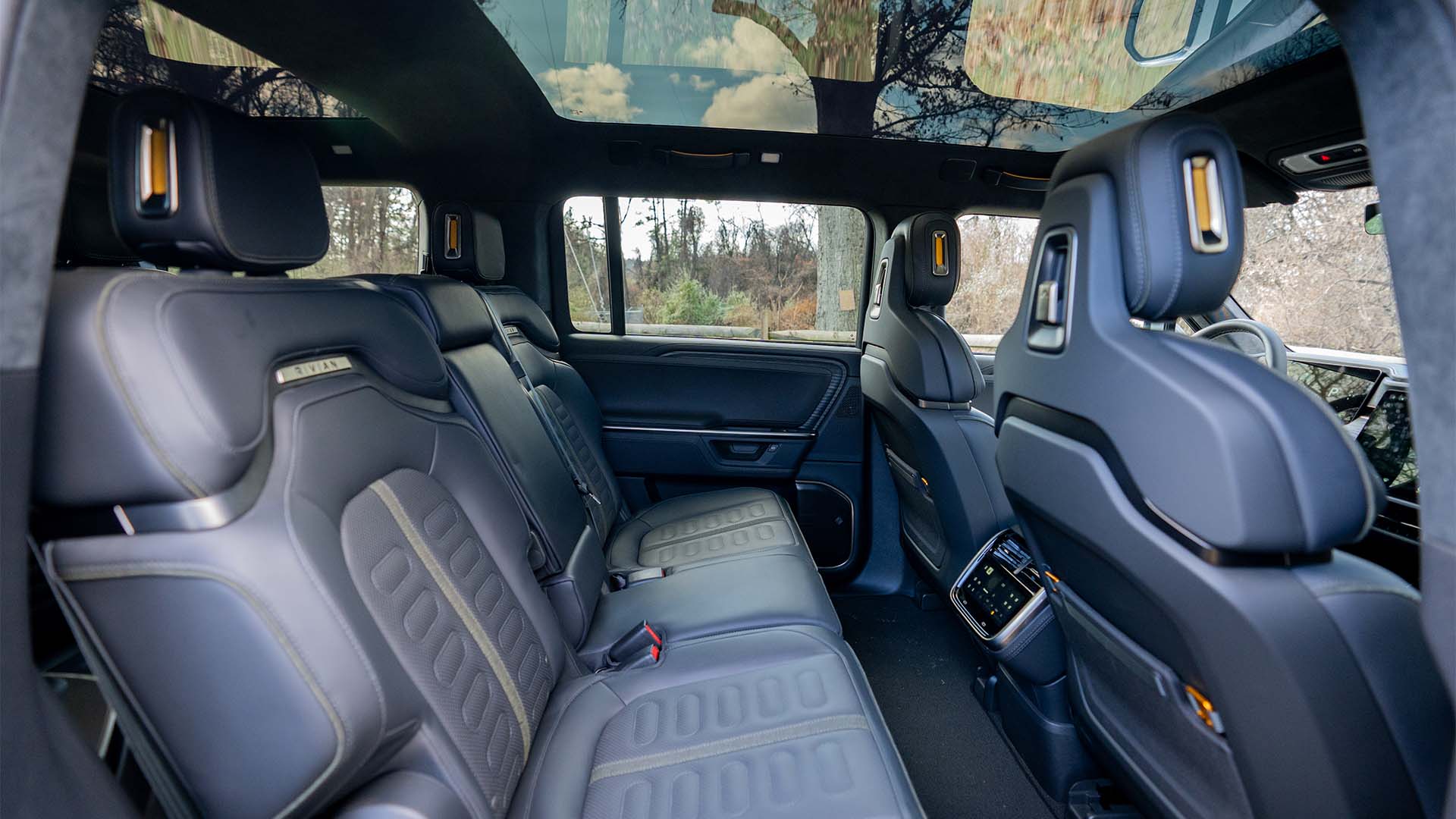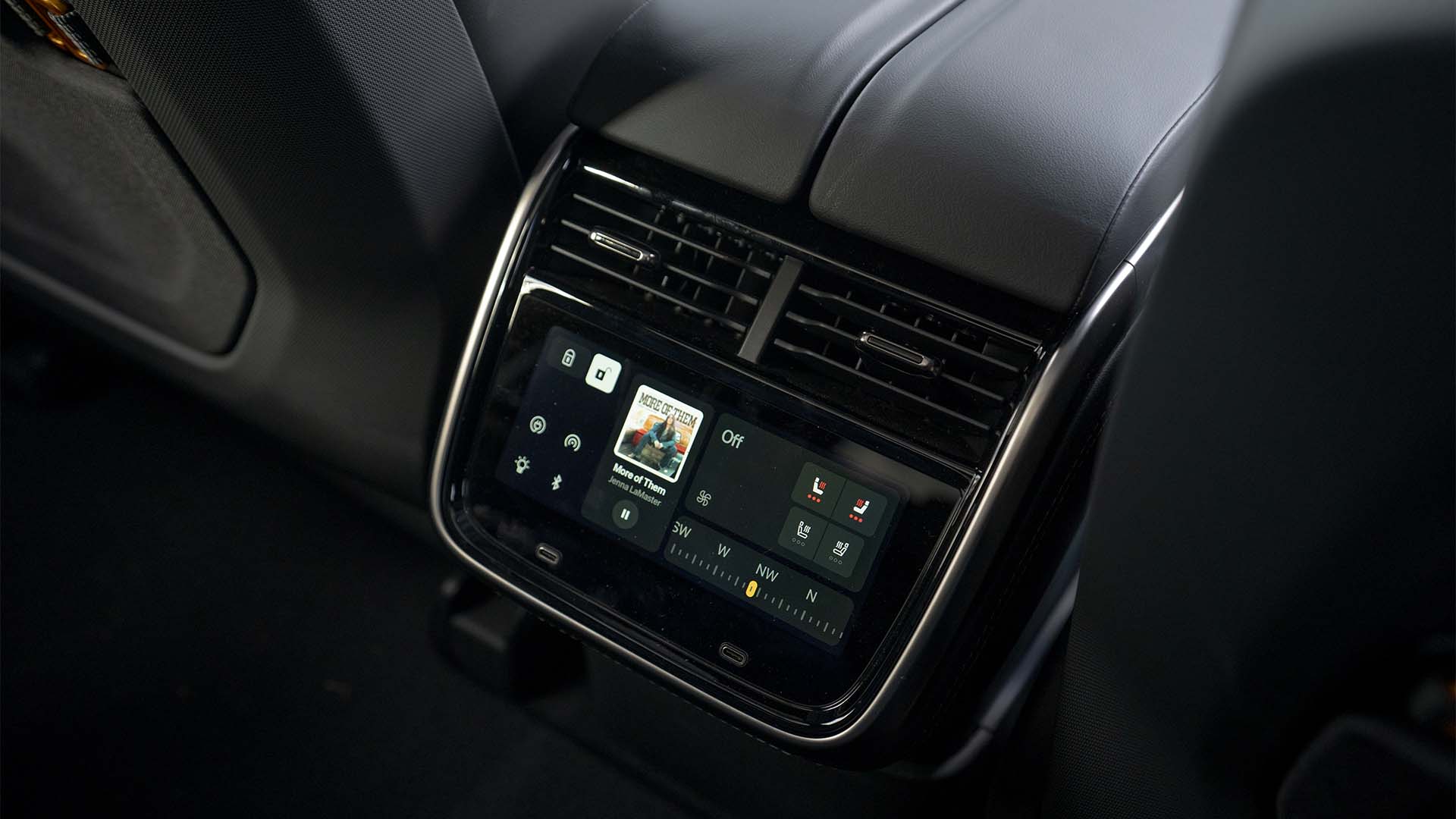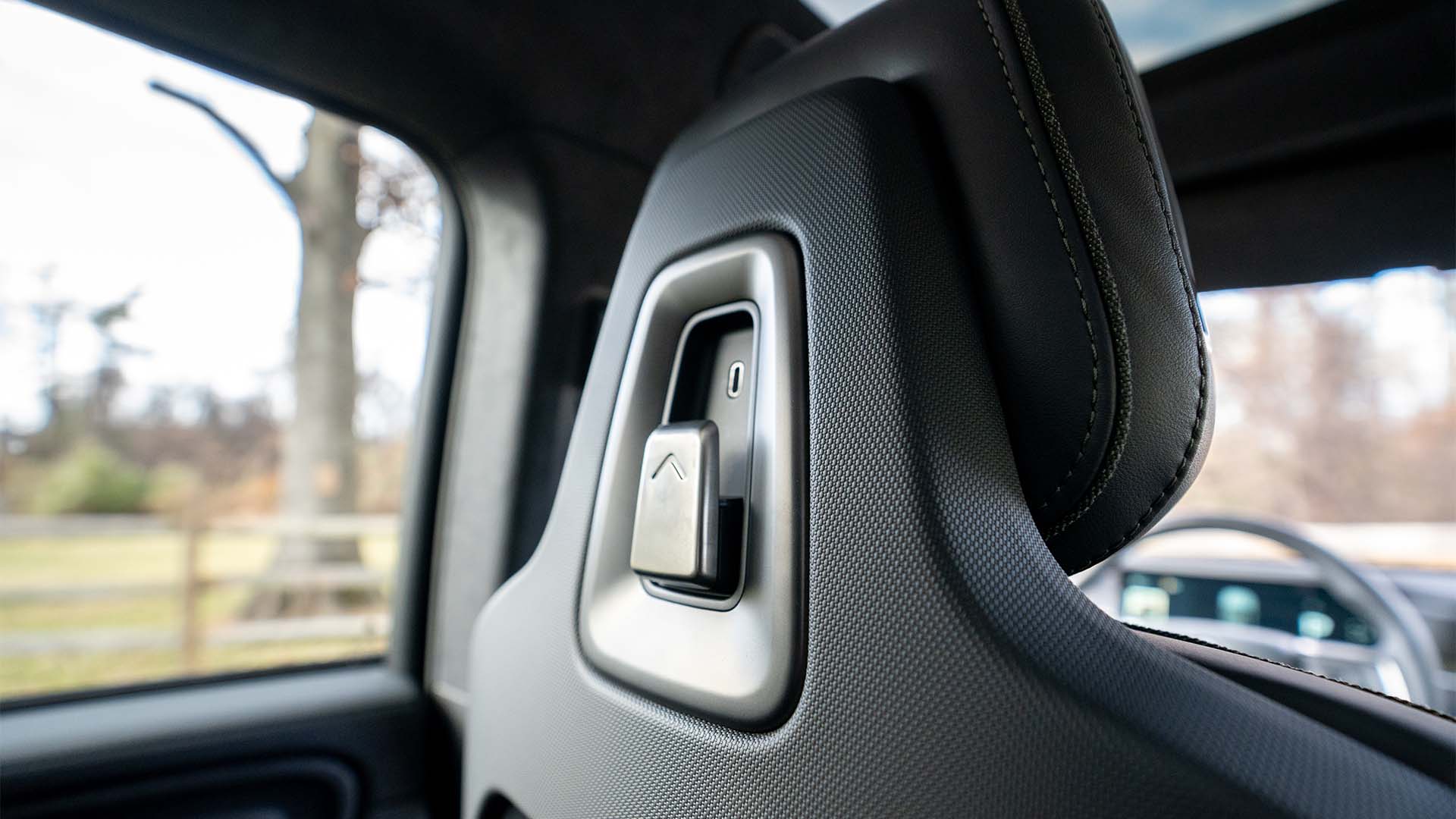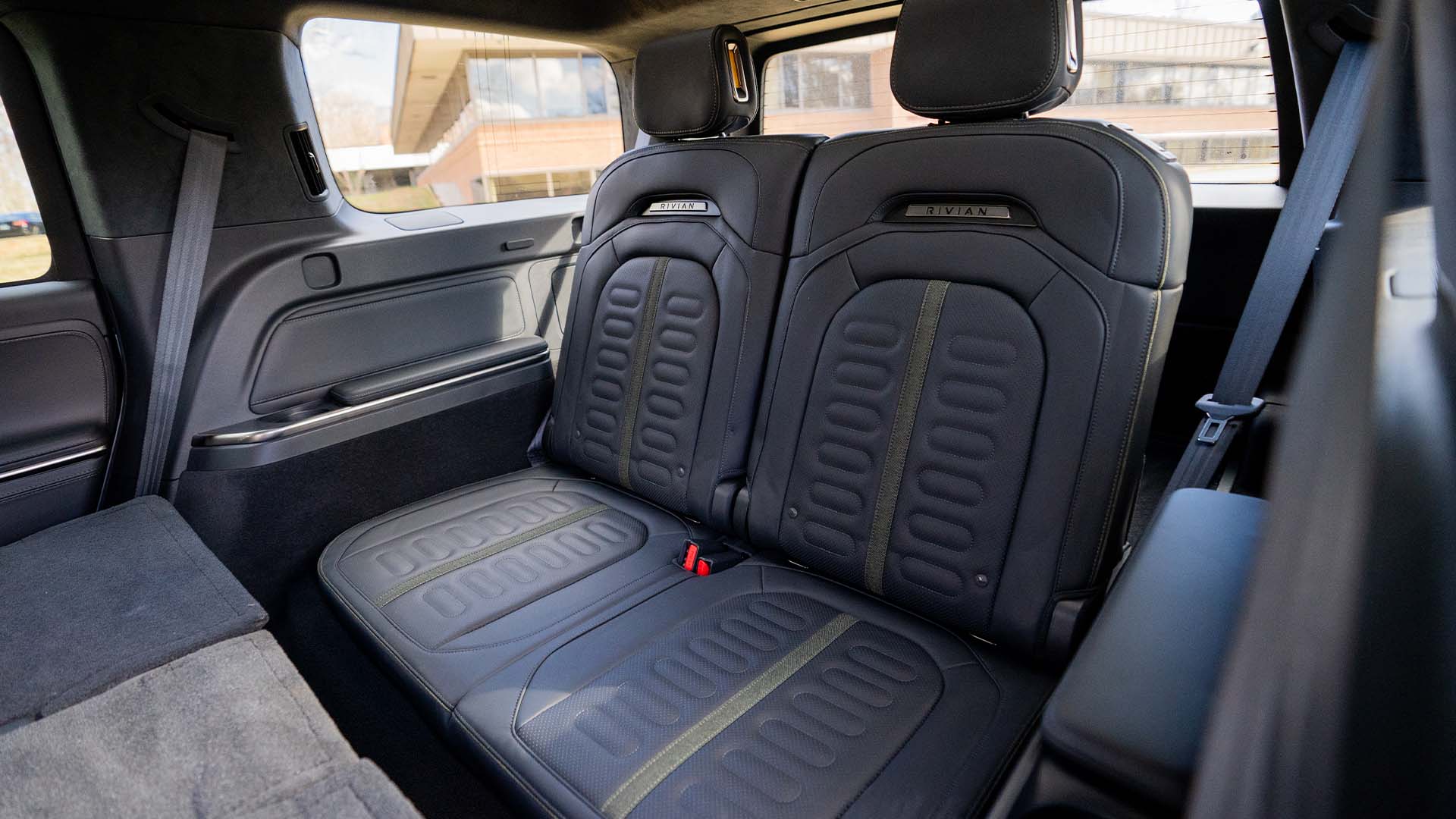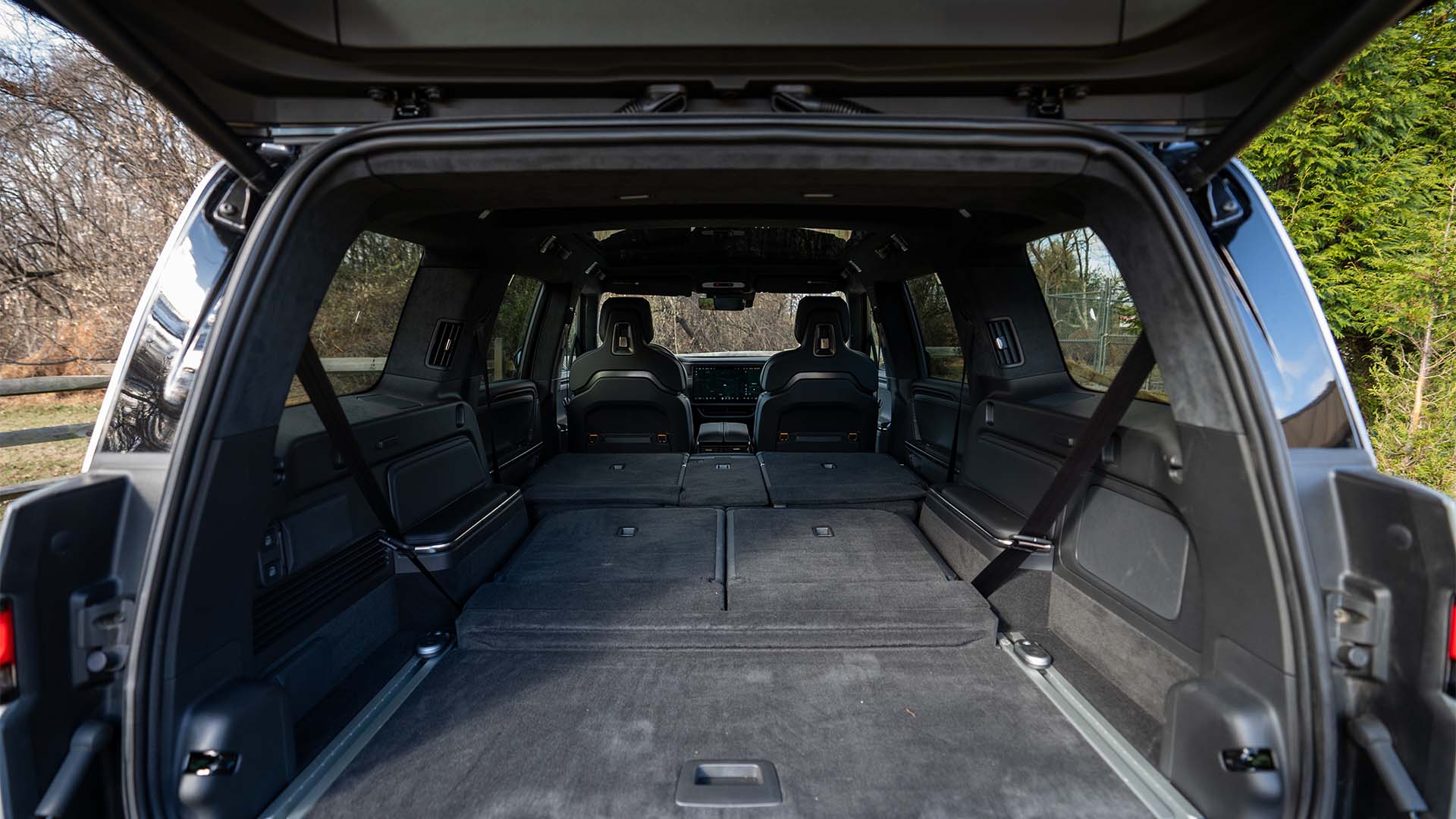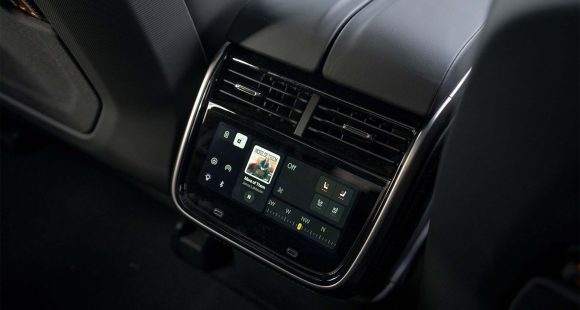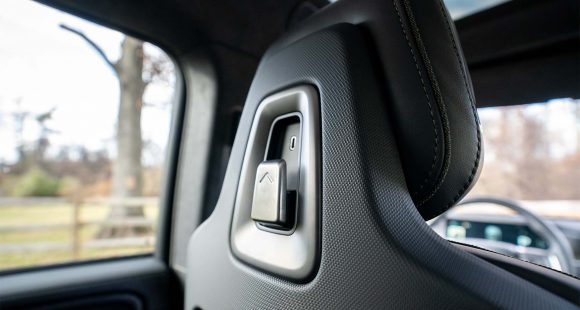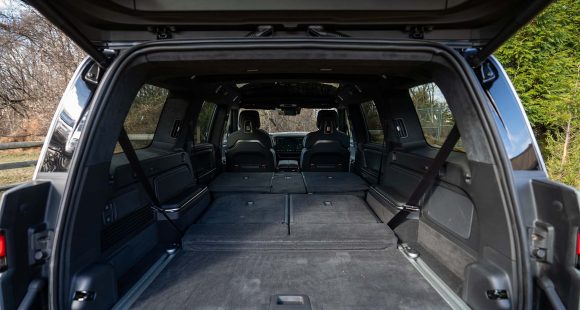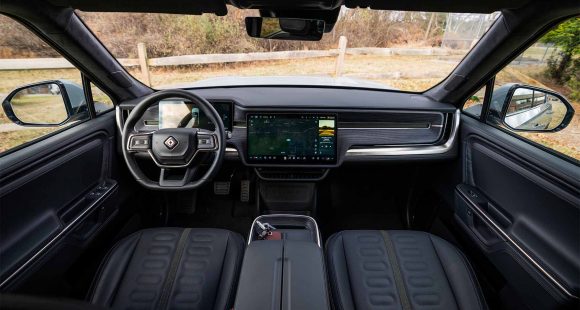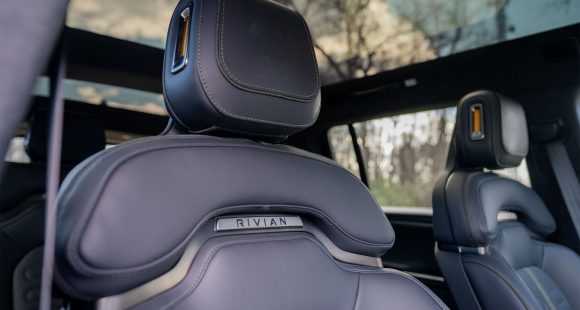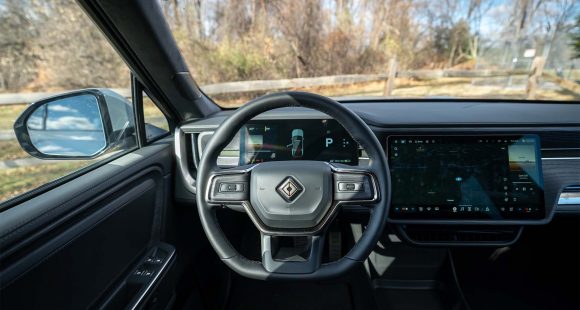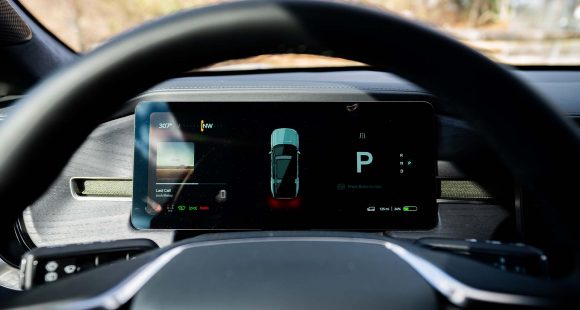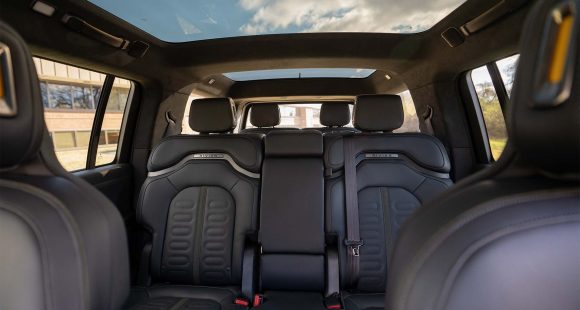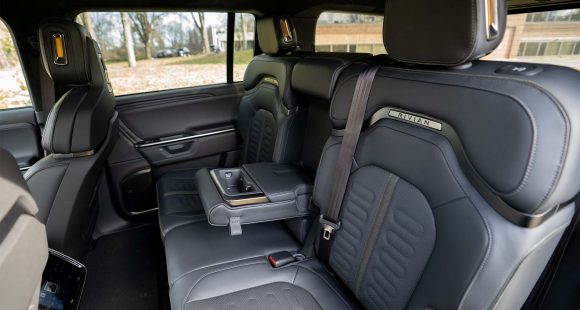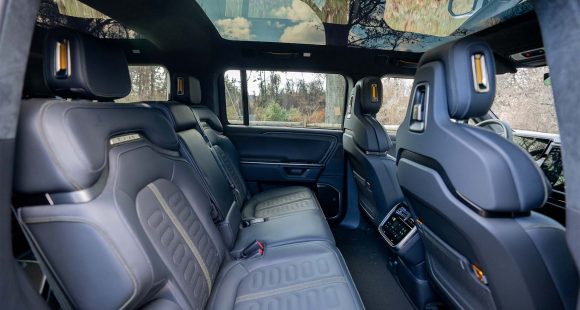If you’re willing to trade some capability for better fuel economy, the newest breed of more efficient crossover utilities is well represented by this 2013 Mazda CX-5. We picked it as our top Small Utility of the Year based on style, drivability, and its new fuel efficient SkyActiv technology. So, how well is it doing? Well, results from only a month and 1,056 miles are hardly conclusive. Still, 25.7 miles per gallon of regular is pretty good for around town duties. Clearly the CX-5’s 2-liter, 155-horsepower automatic drivetrain is geared for economy. Enough so that some staff and viewers have already labeled the CX-5 as slow. On the ride and handling side, the CX-5 is well above the norm. It handles twisty pavements like a true Mazda. The interior is modern, very business-like, but with enough soft materials to have a premium feel. So, if the CX-5 is the face of more responsible driving, it comes across pretty well.
2013 Mazda CX-5
Mazda has a tradition of going their own way. When rivals zig, they sort of zoom. That’s why the Tribute compact utility, actually a rebadged Ford Escape, never really fit. But that changed with the new CX-5. Now the CX-5 embodies everything we like about Mazda. So much so it is our Drivers’ Choice pick as Best in Class. Now let’s see if the CX-5 the right choice for you.
The 2013 CX-5 combines Mazda’s renown zoom-zoom driving appeal, with the new SKYACTIV approach of lighter weight and ultra-efficient power trains, in a mainstream compact crossover. The CX-5 promises the fun factor that Mazda is known for, plus fuel economy levels new for a non-hybrid CUV. By the numbers, the CX-5 is indeed light weight, weighing in at 3,200 pounds thanks to copious use of high strength steel. And, you feel it too, whether cruising on the highway or zigzagging around surburbia, the CX-5 has a nimbleness that is easy to love, along with a quietness we didn’t expect. The ride is never harsh, but there is a definitely tauter, sporty tilt.
The Skyactiv power-train likes to be revved high, which may be uncomfortable for some, but not for the typical Mazda fan. Starting with a high 13:1 compression ratio, direct-injection, variable valve timing 2-liter I4, dubbed the SKYACTIV-G, it delivers 155-horsepower and 150 pound feet of torque; power then flows to either the front or all four wheels via a 6-speed manual or automatic transmission. A turbo diesel is also in the offing.
 We took our front wheel drive, manual equipped CX-5 Sport gaser to the track to see what it was capable of. And, unfortunately, the timed quarter mile is the one place sporty attitude and fuel economy don’t mix well. We’re not saying it’s underpowered, but it is definitely weak off the line. But, rev it like a Mazda, and power does sneak up on you. Still, 9.6-seconds to reach 60, and the quarter mile in 17.2-seconds at 82 miles-per-hour, are nothing to brag about.
We took our front wheel drive, manual equipped CX-5 Sport gaser to the track to see what it was capable of. And, unfortunately, the timed quarter mile is the one place sporty attitude and fuel economy don’t mix well. We’re not saying it’s underpowered, but it is definitely weak off the line. But, rev it like a Mazda, and power does sneak up on you. Still, 9.6-seconds to reach 60, and the quarter mile in 17.2-seconds at 82 miles-per-hour, are nothing to brag about.
But, Mazda should brag about making the CX-5 available with a positive and precise shifting manual gearbox, something most rivals avoid. It allowed us to make full use of the engine’s power. First through third feel pretty typical, but fifth and sixth are for highway use only. And, the payoff is indeed superior fuel economy without complication. Government Fuel Economy Ratings of 26-City and 35-Highway are impressive. We easily averaged 30.6-miles per gallon of Regular in mixed driving. Automatic numbers are 26-City and 32 Highway. The Energy Impact Score is very good for a utility at 11.4-barrels of oil consumed per year, and annual CO2 emissions of 5.1 tons.
And, back at the track, once we started scooting through the slalom course, we found zoom-zoom to still be in full effect. Driven at a mildly aggressive pace, the CX-5 feels light and is quick to turn in. The streetable suspension still warns you off if you push it too hard, but overall the CX-5 feels much more solid and controllable than the Tribute ever did. Brakes were also solid and very consistent, with stops from 60 averaging a just fine 129-feet.
 Inside our Sport model CX-5, things are very straightforward, but well done. There’s good use of soft touch materials, but not so much that it loses the sporty feel. Seats are very comfortable; even people who rarely comment on seats loved them; and in the back as well, there’s ample legroom and it feels reasonably roomy all around. Controls are all refreshingly uncomplicated, including an old-school 4-speaker stereo that still sounds great and has us longing for the days when controls were knobs and buttons, no scrolling through menus required. Cargo space behind the split folding rear seats is a good 34.1-cubic feet, 64.8 with the seats down, and there’s lots of small item storage.
Inside our Sport model CX-5, things are very straightforward, but well done. There’s good use of soft touch materials, but not so much that it loses the sporty feel. Seats are very comfortable; even people who rarely comment on seats loved them; and in the back as well, there’s ample legroom and it feels reasonably roomy all around. Controls are all refreshingly uncomplicated, including an old-school 4-speaker stereo that still sounds great and has us longing for the days when controls were knobs and buttons, no scrolling through menus required. Cargo space behind the split folding rear seats is a good 34.1-cubic feet, 64.8 with the seats down, and there’s lots of small item storage.
We really like the very aggressive, “soul of motion” styling theme of the CX-5, with a big trapezoidal grille up front and wind swept body lines down the sides. Overhangs are minimal, as the CX-5 is all wheelbase with 17-inch wheels standard. The back looks equally smooth, with large taillights creeping up into the fenders.
Like fuel economy, CX-5 pricing is also notable, starting at only $21,490 for our base Sport model. But, if you work your way up to Touring and Grand Touring models, you’ll be much closer to 30 grand. The 2013 Mazda CX-5 is the true Mazda crossover we’ve been waiting for. It’s stylish, with a well designed and roomy interior, and it exudes competent ride, handling, and braking. Yes, it is a little slow, but no one on our staff complained about getting over 30 MPG in a utility. So, if this is the future of the CUV, we bet a lot of you can get used to less reserve power, and spending less time at the pump, especially when you can still have so much fun.
Specifications
- Engine: 2-liter I4
- Horsepower: 155
- Torque: 150 lb-ft.
- 0-60 mph: 9.6 seconds
- 1/4 mile: 17.2 seconds at 82 mph
- EPA: 26 mpg city/ 35 mpg highway
- Energy Impact: 11.4 barrels oil/yr
- CO2 Emissions: 5.1 tons/yr
Long Term Updates
We picked the 2013 Mazda CX-5 as our Drivers’ Choice Best Small Utility for its practical size, expressive styling, fine handling, and advanced gas saving technology. On that last point, Mazda’s investment in SkyActiv technology, making gasoline powertrains run at peak efficiency, is paying off. We’ve logged 2400 miles in 2 months with a 2-liter I4 automatic combo and have 30.4 miles per gallon of regular to show for it. That compares to mid-20s on our long term Honda CR-V. Now, we will admit the CX-5 would lose any drag race with the CR-V, but once the road turns twisty the CX-5 lives up to Mazda’s other philosophy of “Zoom-Zoom” performance. Our staff finds the compact CX-5 to have plenty of interior room for most chores, but the voice-activated NAV system is a bit hard of hearing. Mazda recently announced a boost in production for the CX-5 and it’s easy to see why.
The all-new Mazda CX-5 compact crossover is our current Driver’s Choice Best Small Utility pick for, among other things, Mazda’s SkyActiv approach to improving fuel economy in traditional gas and diesel powertrains. So, we were prepared to accept a somewhat lethargic performance of its 155- horsepower 2.0-liter I4, automatic, all-wheel drive powertrain.
So, is it worth that tradeoff? Well, after 6,200 mostly urban miles in 4 months we’re averaging 28.9 miles per gallon of regular. That’s about 15-percent better than our long term Honda CR-V. So, SkyActiv does indeed pay off!
Once up to speed, the CX-5 is a commendable highway cruiser. The well laid out interior is user-friendly for passengers and cargo alike. Front seats are especially comfortable. The Blind Spot Monitoring system works well. One gripe, it’s hard to see the Start Button behind the wiper stalk. But, for size, versatility, handling, styling, and especially fuel economy, the Mazda CX-5 continues to be a winner.
We’re at 6 months and nearly 9,000 miles with this Mazda CX-5 compact crossover.
We applaud Mazda for adapting its new SkyActiv fuel saving technology to notoriously thirsty utilities. Our CX-5 delivers above average fuel economy for its class of 27.4 miles per gallon of regular.
But, the downside of SkyActiv is a lethargic 155-horsepower 2.0-liter I4 engine. The CX-5 can be a slug pulling away from a stop.
While all of our staff find the interior roomy, some think the front seats are a bit lumpy. But, we all agree that the CX-5 handles expertly, like a Mazda should.
Mazda’s fuel saving SkyActiv concept has gotten a lot of attention. It squeezes more miles per gallon without resorting to hybrid or electric hardware. Our 2013 CX-5 compact crossover uses the SkyActiv approach and so far we think it’s paying off.
After 8 months and nearly 10,000 mostly urban miles our CX-5 is averaging 27.3 miles per gallon. That’s 10-15% better than we’re seeing in the similarly sized Honda CR-V.
So we’re spending less time at the gas pump and more time doing other things small crossovers are not supposed to do well, like handling, and carrying more people and cargo than it should for its size.
What would make it even better? Well, more padding to the front seats and a smoother folding mechanism for the second row. But, don’t change the Bose audio system. It sounds sweet! And, the Mazda CX-5 surely is.
Getting better fuel economy without resorting to hybrid or alt-fuels is the goal behind Mazda’s SkyActiv concept. Through the use of high compression and gearing it boosts fuel economy about 10-15% over similar sized rivals. Our 2013 CX-5 compact crossover, the first model to fully embrace SkyActiv, is averaging an excellent 27.2 miles per gallon of Regular.
After 9 months and over 14,000 miles, we’ve gotten use to its less than jack rabbit acceleration. Made up for by very economical long distance cruising. And, true to Mazda’s mantra, it’s a pleasure to drive.
Two annoyances. The driver’s seat seems to wiggle like something is coming loose. And, the brakes are sometimes quite noisy. But, otherwise we are actively impressed with our SkyActiv Mazda CX-5.
If you’ve been keeping up with our long term Mazda CX-5 compact crossover with a 155-horsepower 2.0-liter SkyActiv powertrain, you know that its upside of class leading fuel economy is somewhat offset by anemic acceleration.
It’s still a fair tradeoff for what we think is an excellent handling, comfortable riding, practical living CUV.
After 10 months and nearly 16,000 miles our 2.0 CX-5 continues to impress with 26.6 miles per gallon of regular even after long periods of cold weather idling. Maybe that’s why the gas gauge almost never seems to move!
But, if you’re still wary about power, the 2014 Mazda CX-5 brings the welcome news of an optional engine, a 2.5-liter SkyActiv with 184-horsepower. It’s a nearly 20% boost that is readily noticeable, especially when passing. But, the best news is that fuel economy suffers only one mile per gallon and still beats rivals like CR-V and RAV4.
The CX-5 is a fine design and one small CUV that certainly should not be overlooked. If for fuel economy alone, it’s a winner.
This summer is something of a revolving garage door here at MotorWeek as long term models come and go. Going is our 2013 Mazda CX-5. After 13 months and 22,000 fault-free miles, we came away impressed by the first comprehensive use of the brand’s SkyActiv powertrain technology. Our test average 26.9 mile per gallon fuel economy was better than many rivals by about 10%. But, the price was lethargic acceleration from the 2.0-liter engine. That has been partially addressed as a larger 2.5-liter is now standard that boosts power with no loss of MPGs.
2025 Rivian R1S
Major Reboot for Rivian R1S
With just about every mainstream carmaker now onboard with battery-electric vehicles, EV-only brands are hoping there are still plenty of people out there willing to think outside the box. So, let’s see if Rivians latest R1S utility can make the case for taking the EV road less traveled.
Big changes have happened in the short time since the Rivian R1S first hit the streets three years ago. As for 2025, there are updates that touch just about every aspect of the vehicle. Yes, despite looking almost exactly the same outside, Rivian claims that beneath the surface, their entire electrical architecture has been significantly updated, eliminating a whopping mile and a half of wiring and 10 computer assemblies, allowing for more efficient operation.
But look closely and you will see their signature vertical oval headlights are updated with a new matrix of LED lights that can cycle individual elements on and off to provide maximum illumination where you need it without distracting oncoming drivers.
Not much change in the look of the interior either, but the synthetic leather upholstery is still very nicely done, though most touchpoints feel more rugged than luxury minded. With the exception of a couple controls on the steering wheel, you do still have to do almost everything on the R1S’s 15.6-inch touchscreen, but the user interface has been improved. So, while we do wish they could have reverse-engineered a knob or two into the mix, we realize full touchscreen interface is just what people expect in their high-end EVs these days, and at least it works better than before. And the gauge display still wows you with the amount of information it displays and is mounted high enough that no additional head-up display is needed. A new Rivian Autonomy Platform uses 11 cameras, five radars and A.I. for self-driving, or just to monitor what’s going on around the vehicle even when it’s parked.
This [EV] really feels fast, sitting you up high and throwing you back in your seat with authority.
Rivian has also given the R1S a substantial suspension revision with new spring rates, bushings, and mounts; along with new tuning for the adaptive dampers and roll-mitigation system. It does provide a more balanced street attitude, but it still rides like a truck. That’s great if that’s the experience you’re looking for; not as ideal if you’re looking for more of the smooth luxury-style treatment.
All R1Ss are all-wheel drive, but there’s a wide variety of powertrain options including a new Tri-Motor setup. Outputs range from the standard Dual-Motor’s 533 horsepower to the Quad-Motor’s impressive 1,025. There are several battery packs as well, delivering as much as 410 miles of range, giving the R1S the highest rating of any SUV on the market right now. Our Adventure trimmed tester featured the 665-horsepower Performance version of the Dual-Motor arrangement, with the Max battery and 20-inch wheels with all-terrain tires.
Theoretically, that setup is rated for 370 miles, but perhaps we were enjoying the “performance” theme too much as our results were well short of that, using 68% of the battery to drive only 189 miles, putting our estimated range around 278 miles. Using 43 kilowatts of electricity for every 100 miles earns the R1S a fair efficiency rating.
But all was forgiven at our Mason Dixon test track when this Rivian started blasting us to 60 in 3.8 seconds. Yes, there are faster EVs, but this one really feels fast, sitting you up high and throwing you back in your seat with authority, while the rear of the truck squats down substantially before hurling you off the line and down the track. Power delivery stayed strong the entire time, cranking away until we cleared the quarter-mile in 10.5 seconds at 108 mph.
Despite this utility’s substantial size and weight, we were able to keep a pretty fast pace through the cones of our handling course. The all-terrain tires obviously didn’t grip the pavement as well as all-seasons would, but the low center of gravity kept things very flat. Yes, it does feel very heavy, but the brakes were more than up to the task, stopping us from 60 mph in a very short 103 feet with surprisingly little nosedive and no fade.
Pricing starts at $77,700 for the Dual-Motor with Standard battery pack; our Dual-Motor Performance with the Max battery and All-Terrain Package came in just over $102,000.
While Rivian has had great initial success; sustaining that success will be a much tougher task. But, if they continue to put as much effort into improving their products as they have here with the 2025 R1S, we think their winning streak will only accelerate.
Specifications
As Tested
- Motor Setup: Dual Motor
- Battery Size: 141.5 kWh
- Horsepower: 665
- Torque: 829 lb-ft
- EPA Range: 370 miles
- 0-60 mph: 3.8 seconds
- 1/4 Mile: 10.5 seconds at 108 mph
- Braking, 60-0 (avg): 103 feet
- MW Test Loop: ~278 miles








